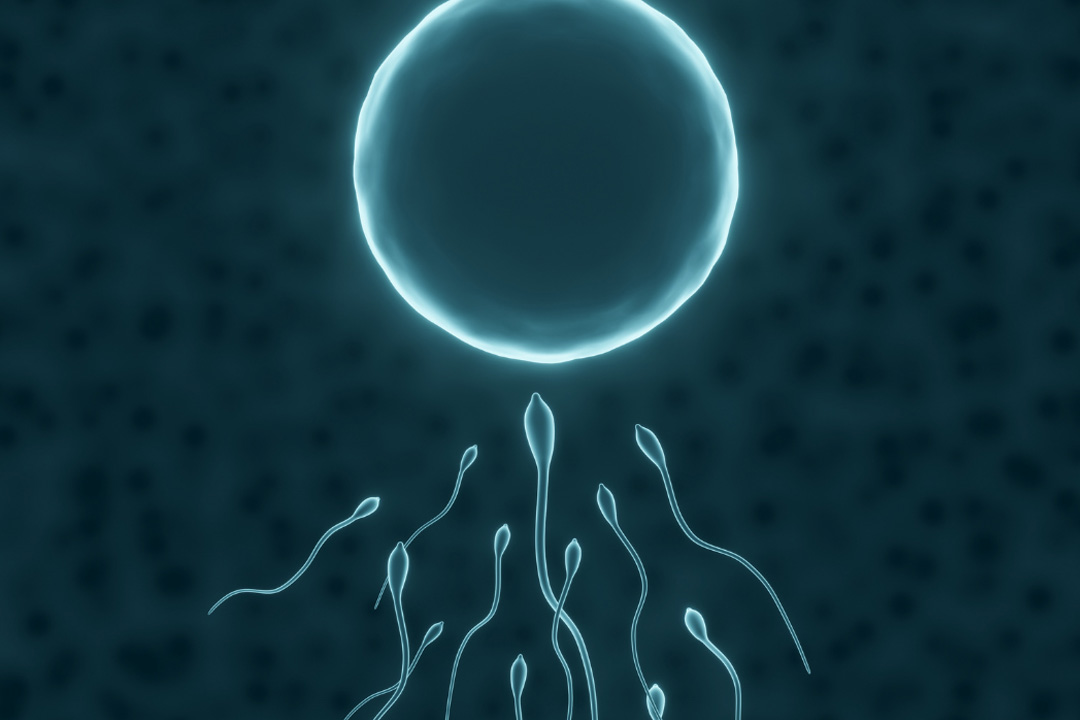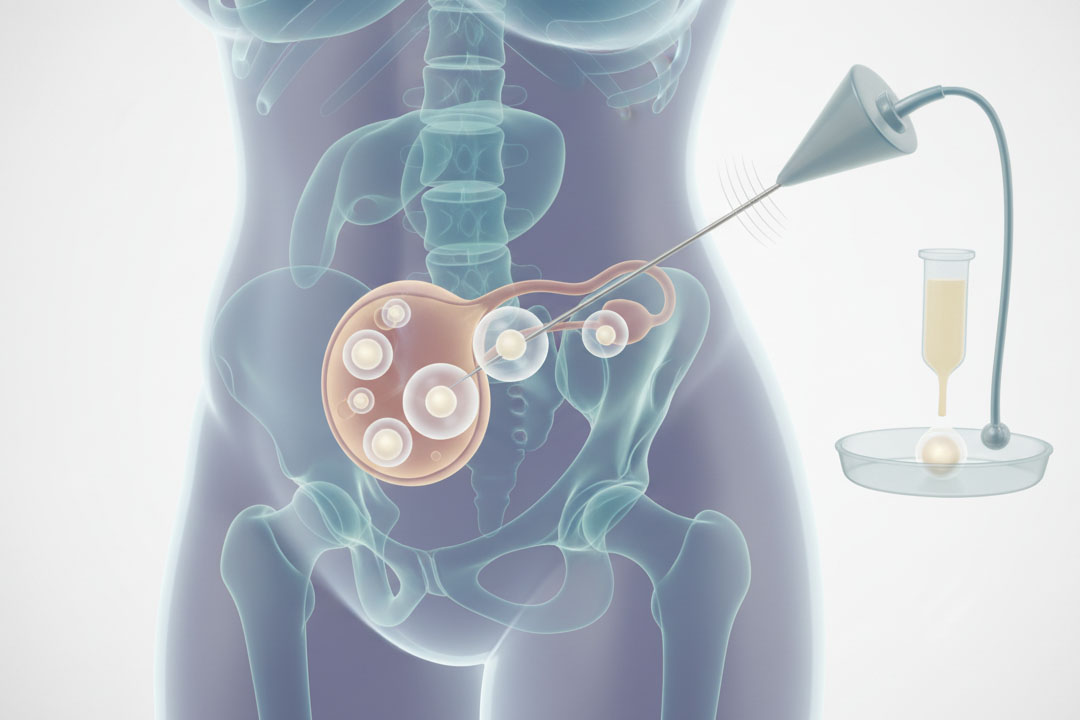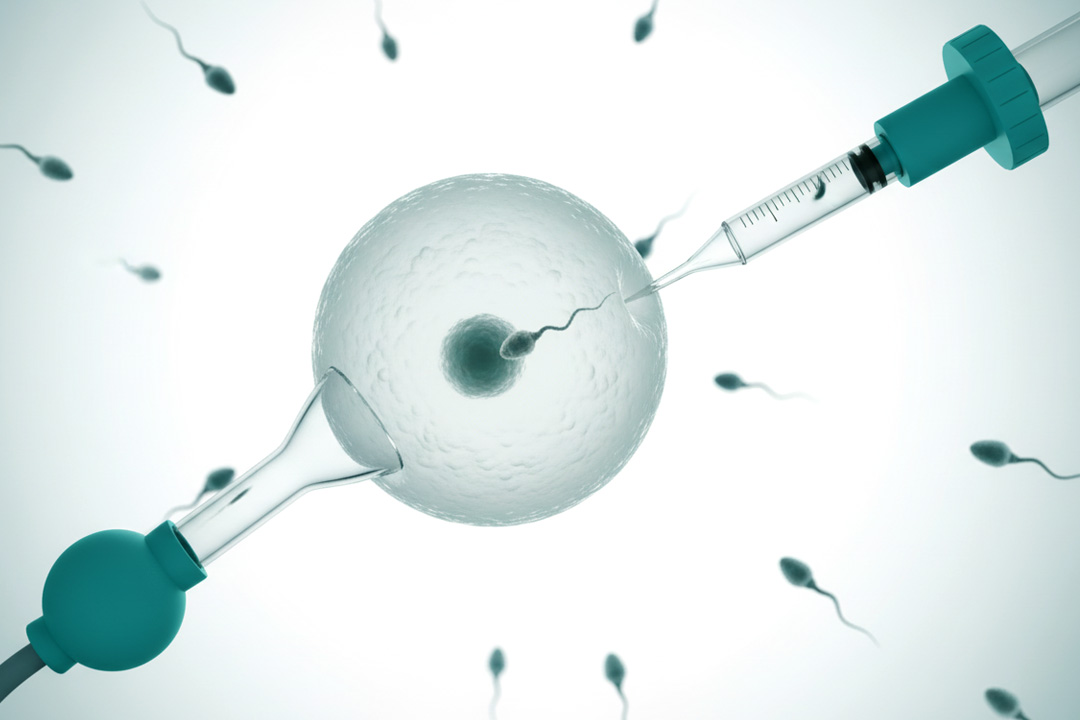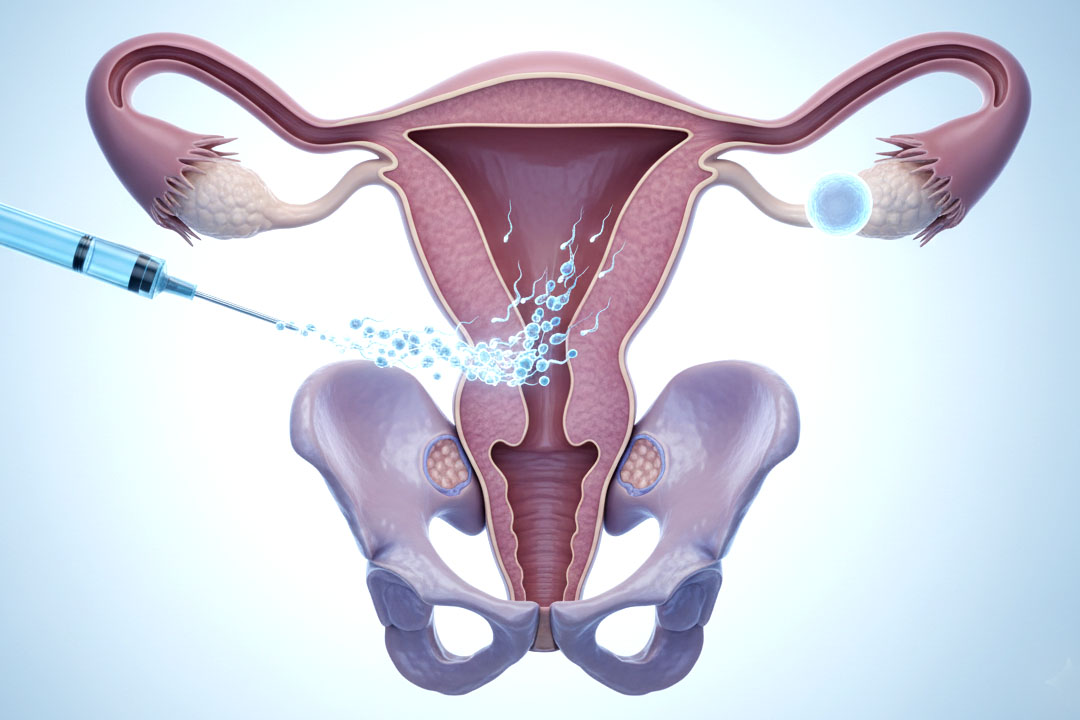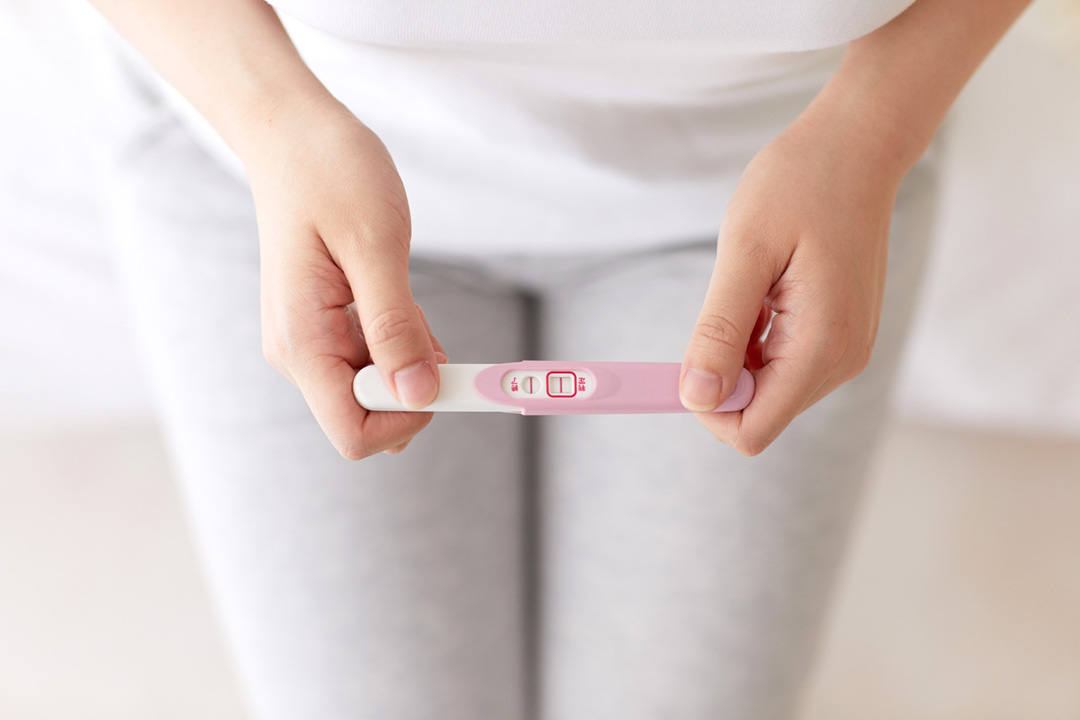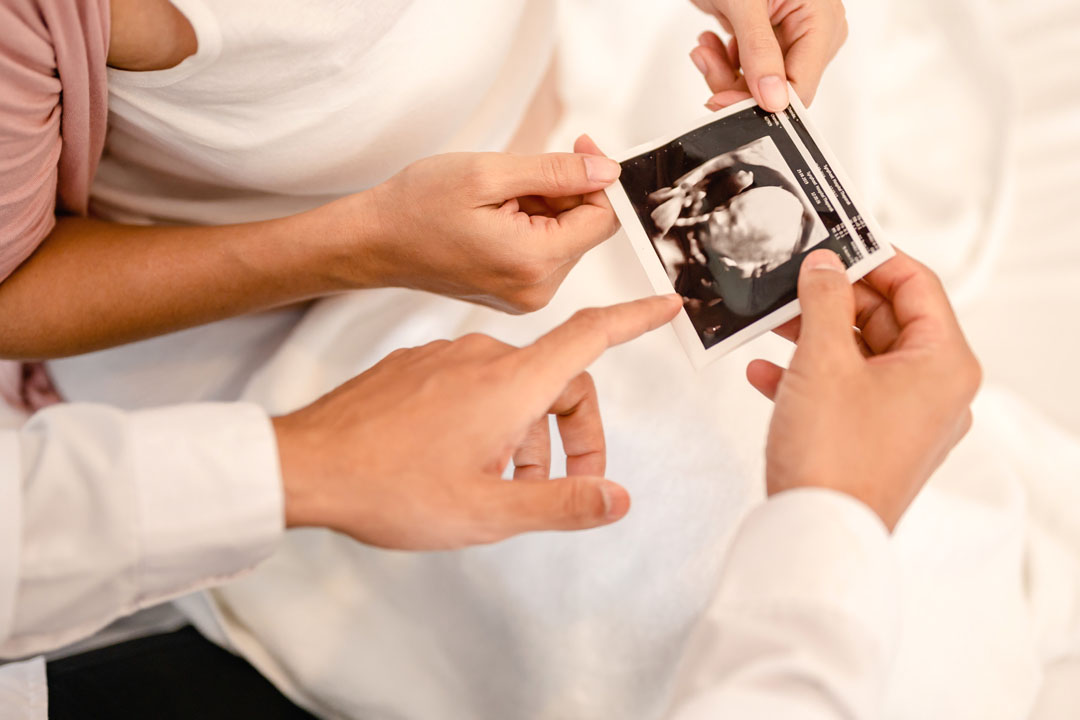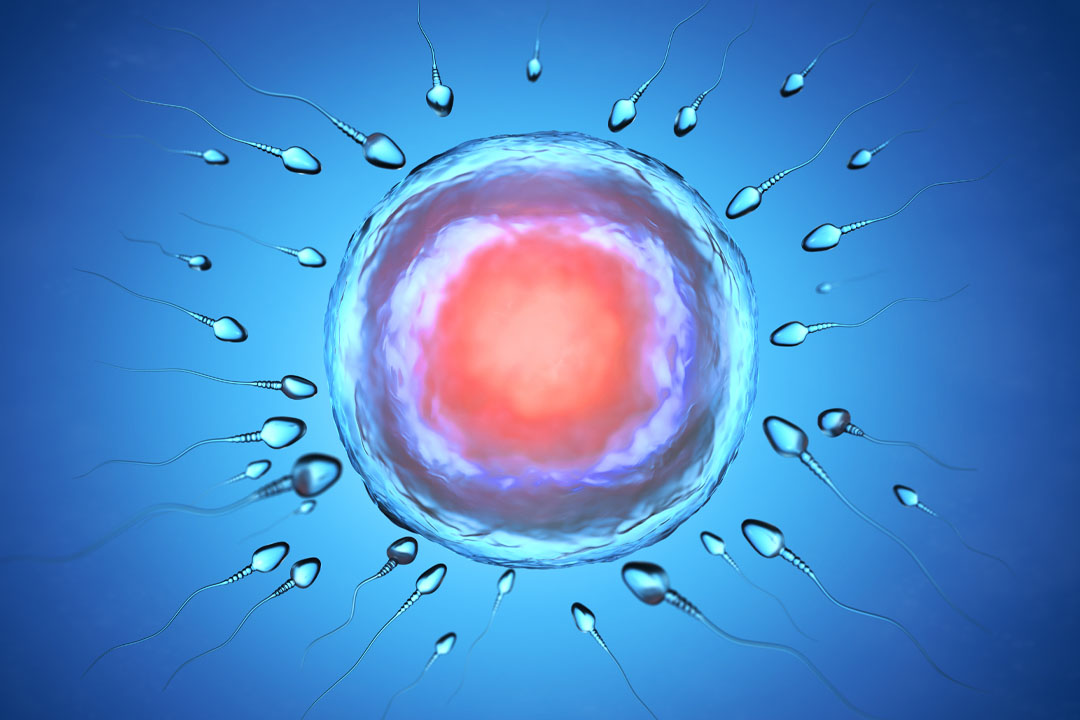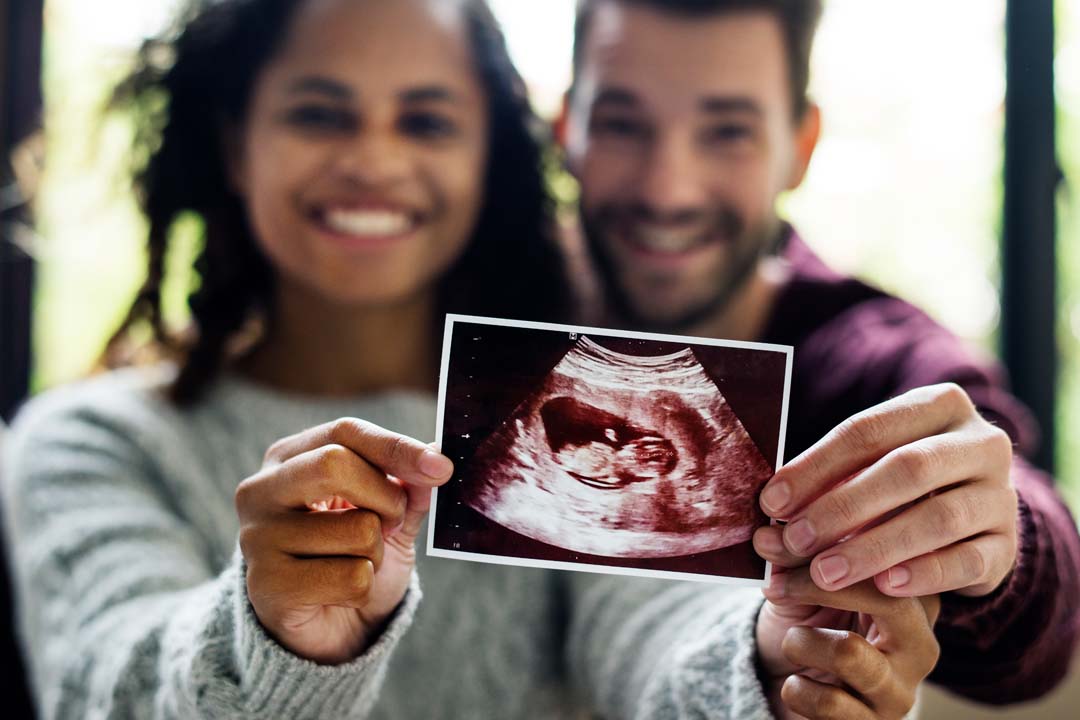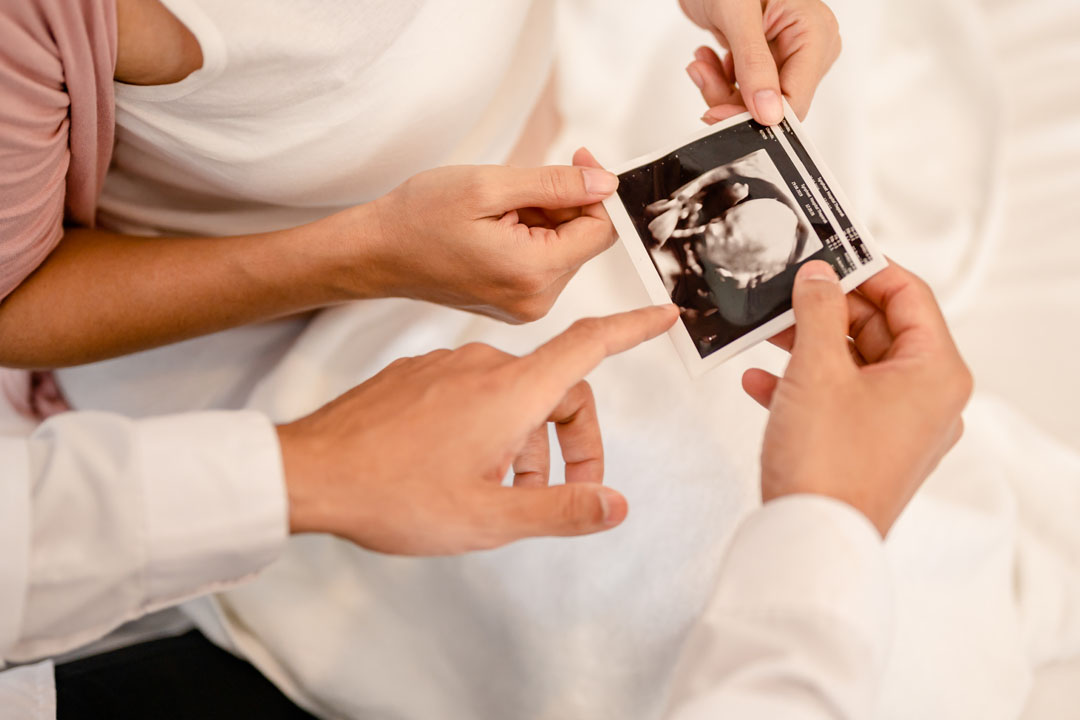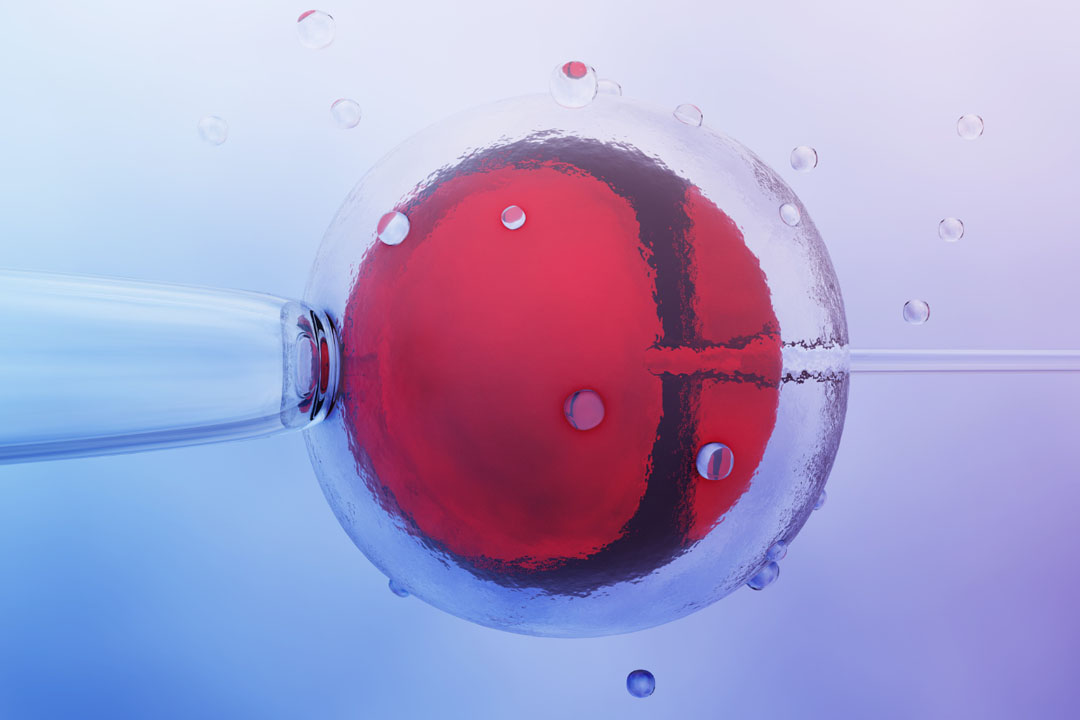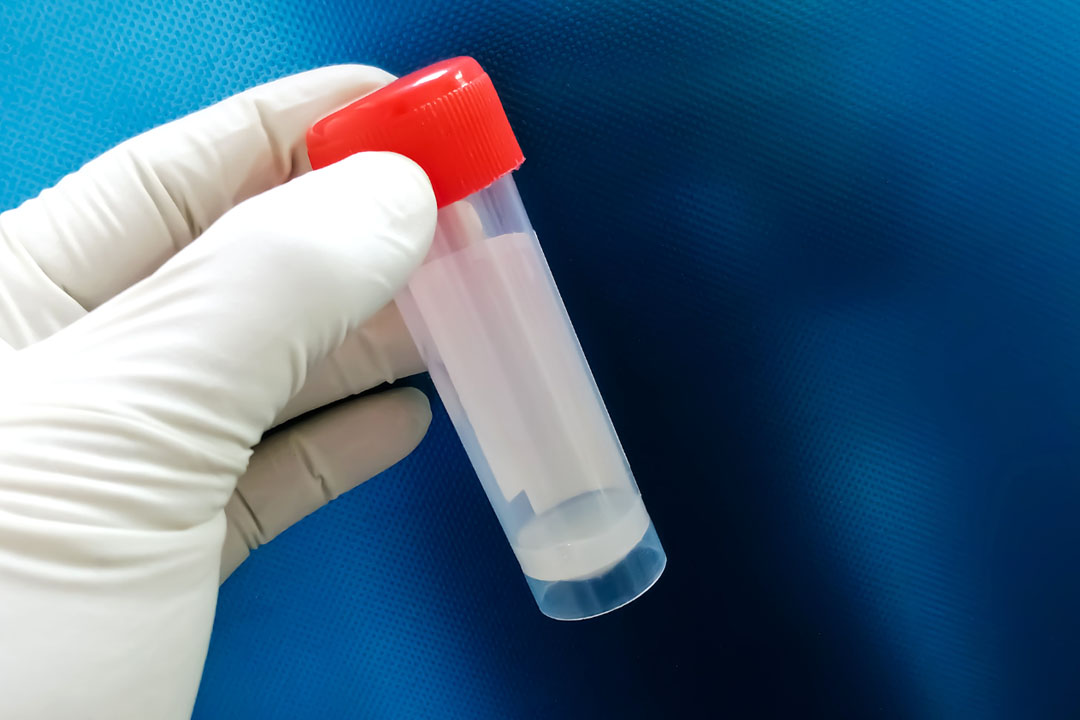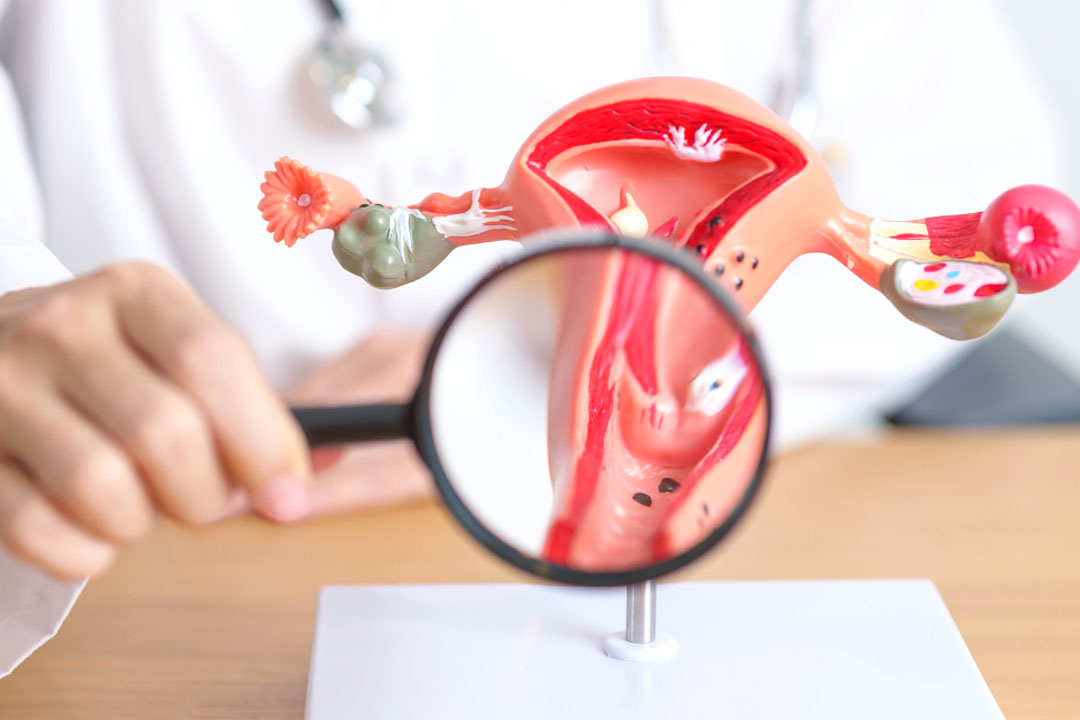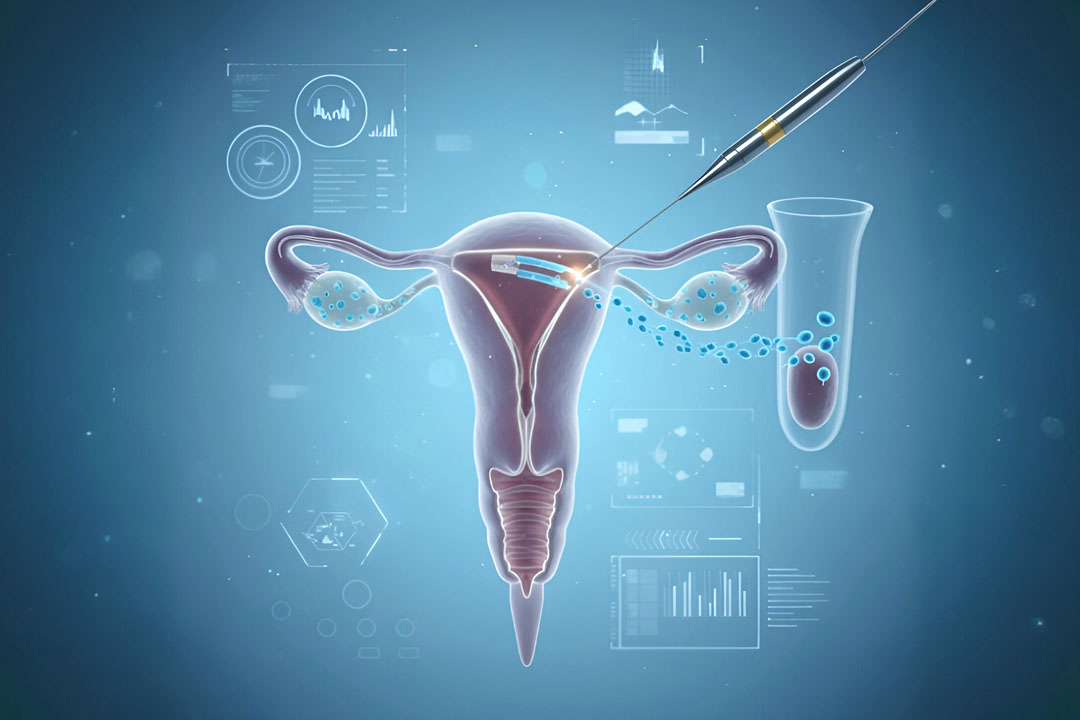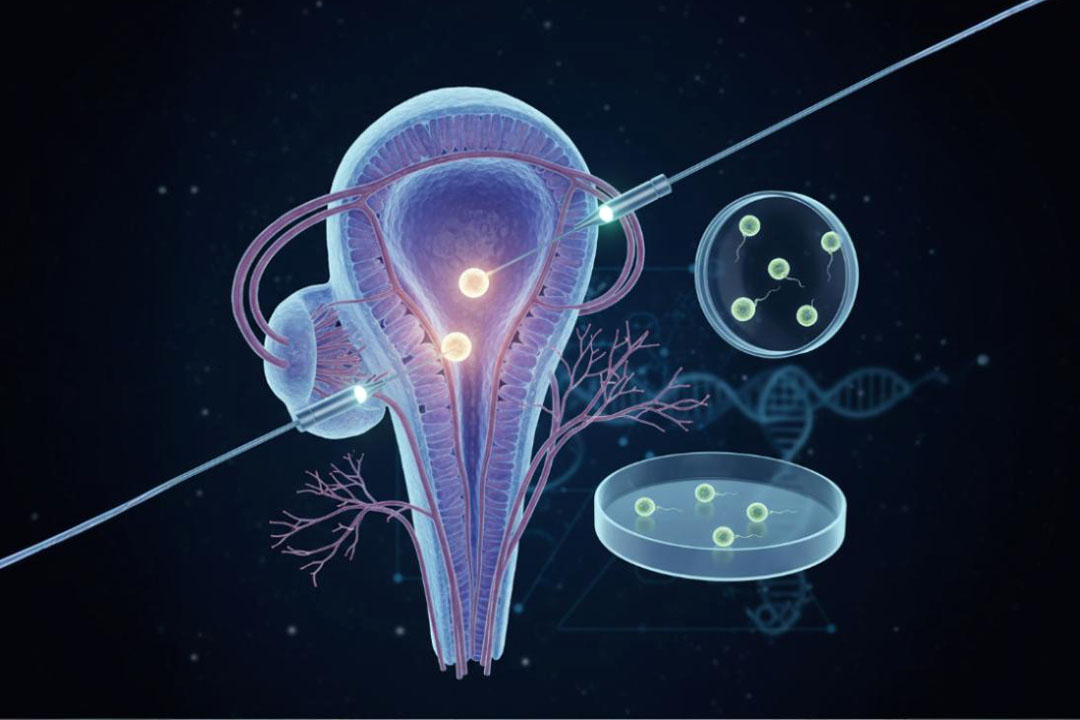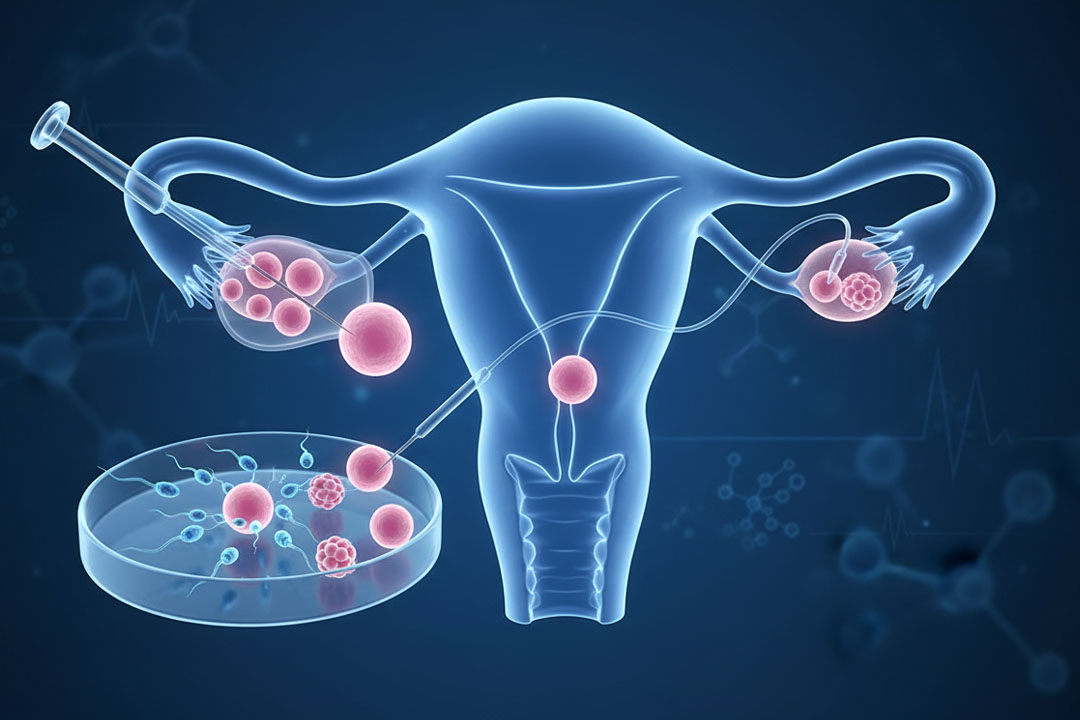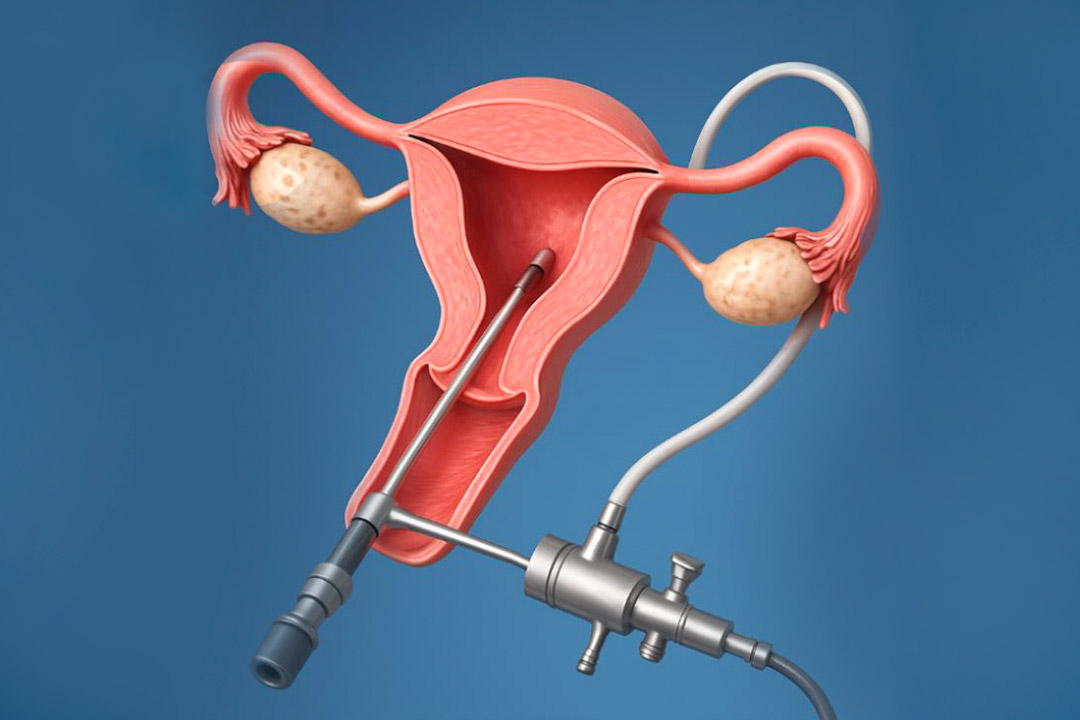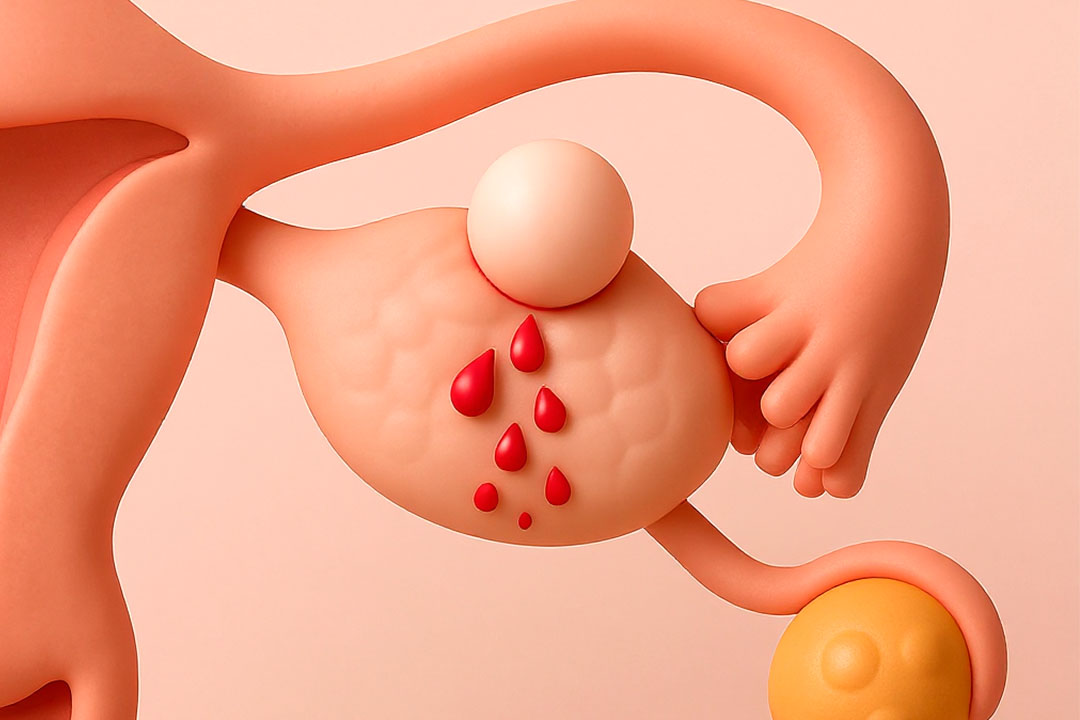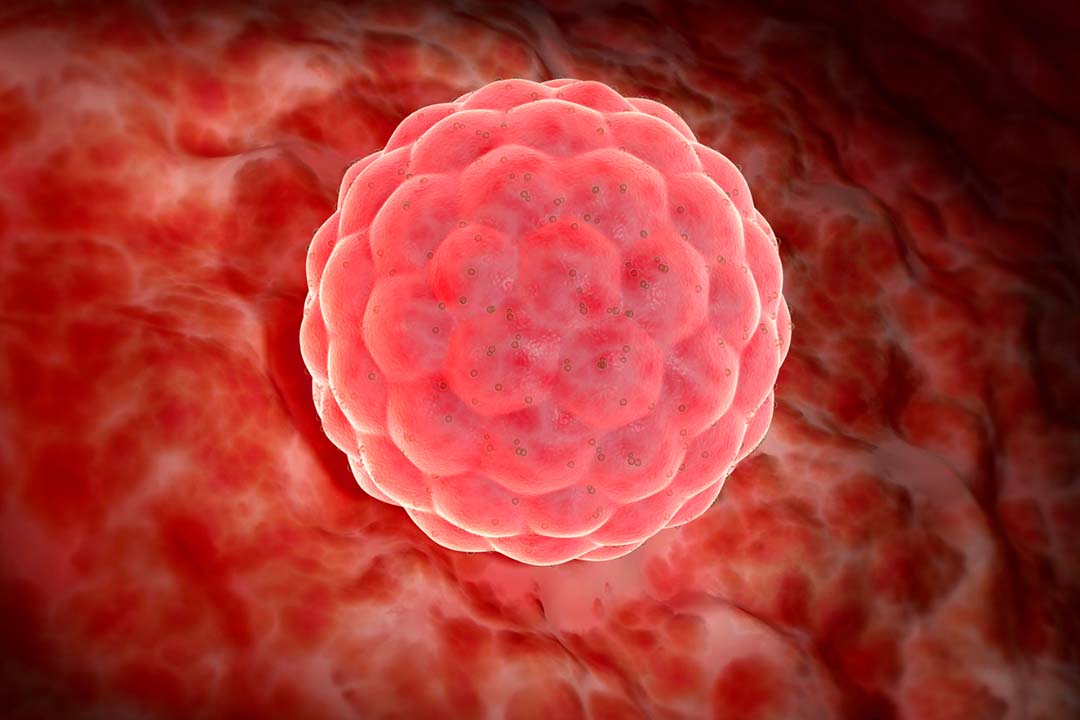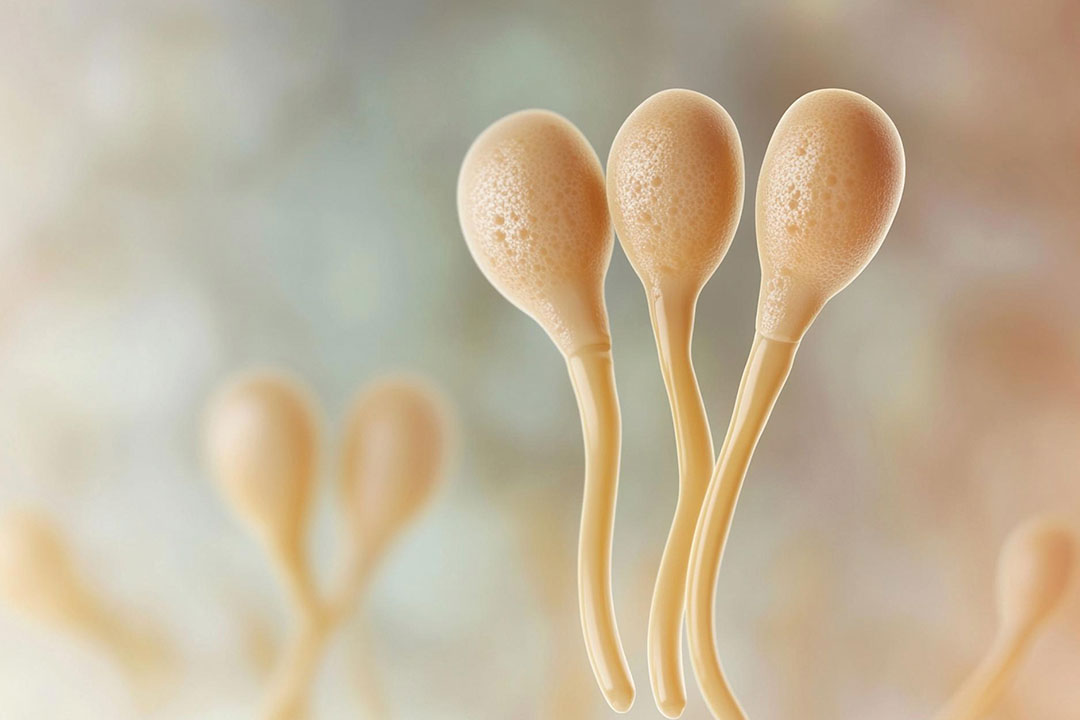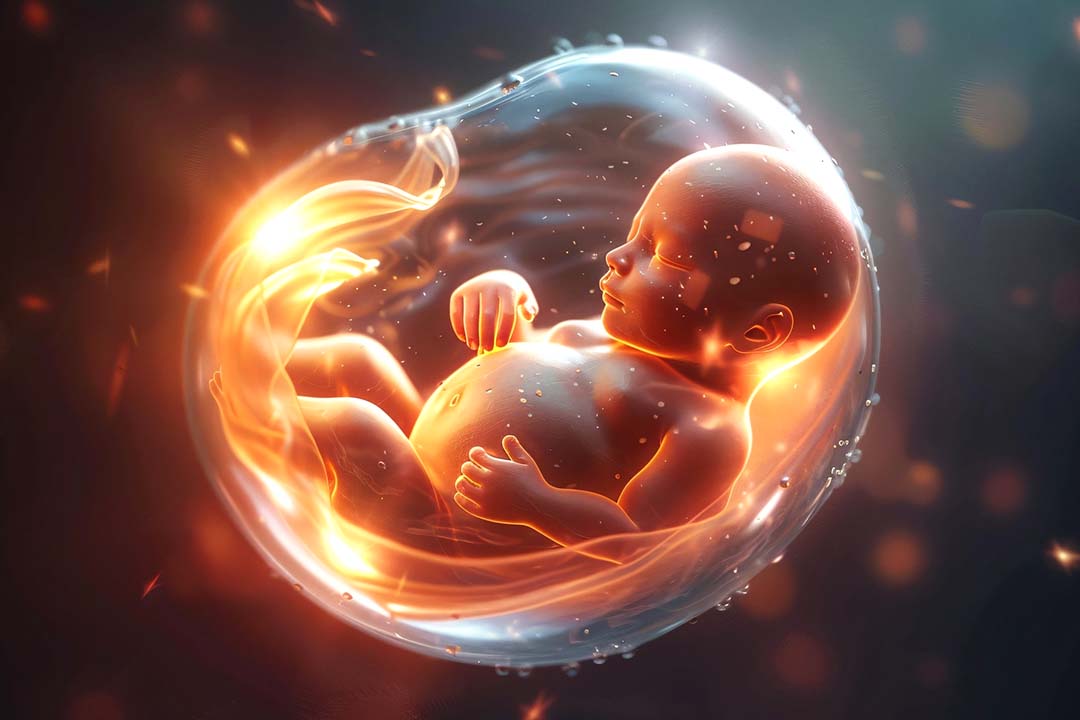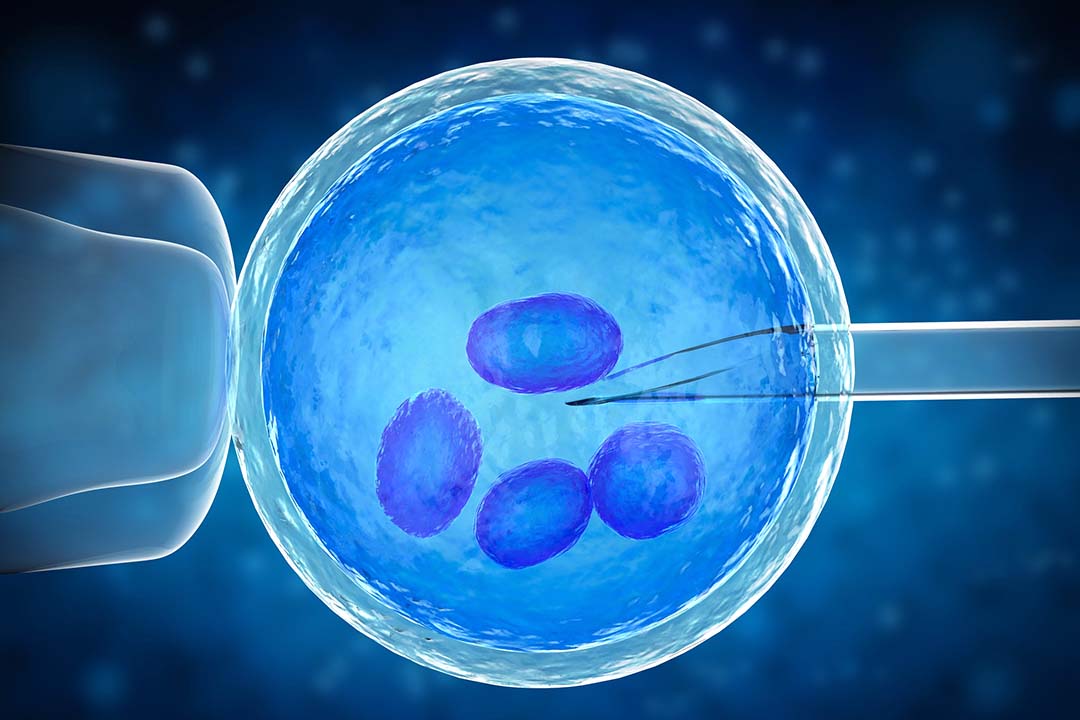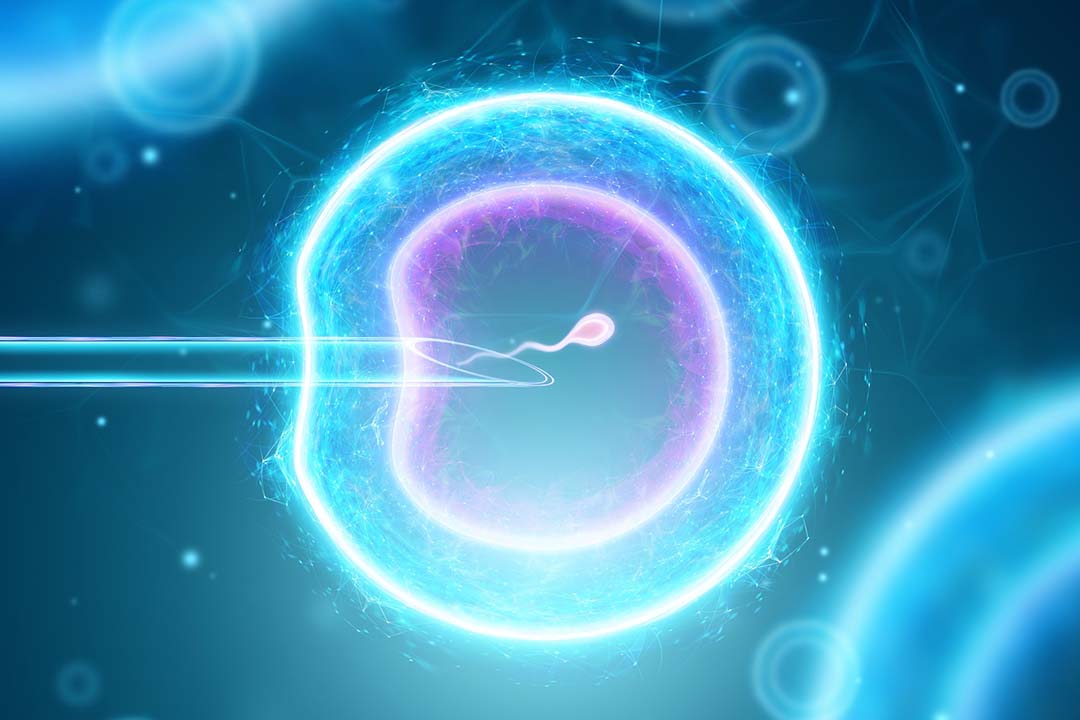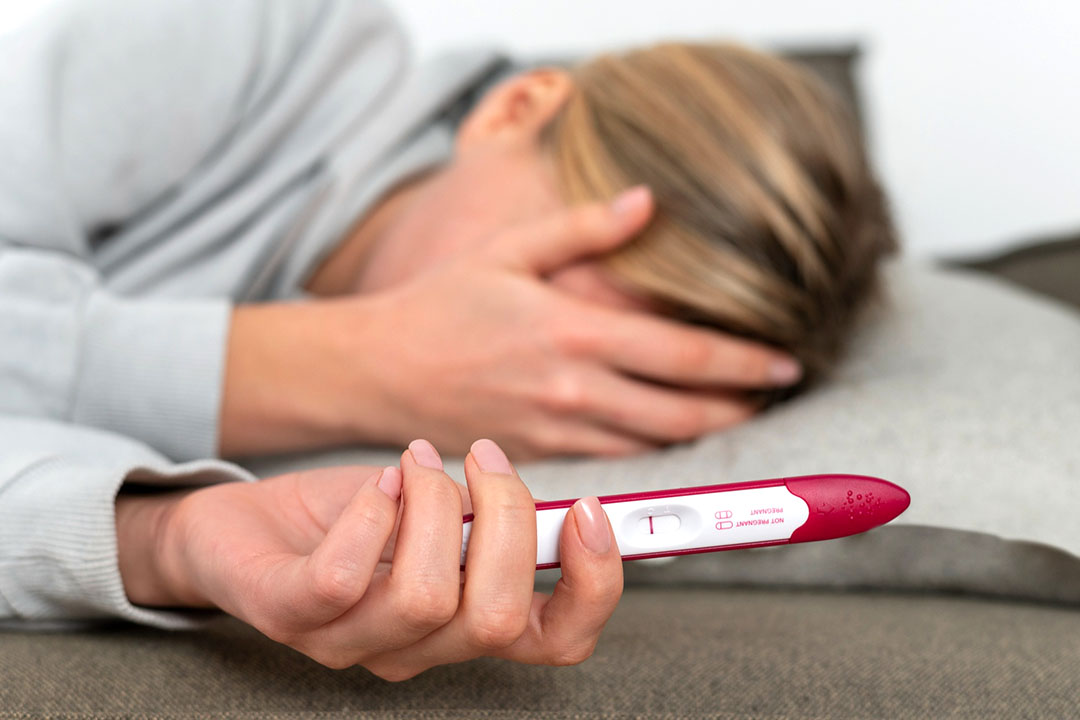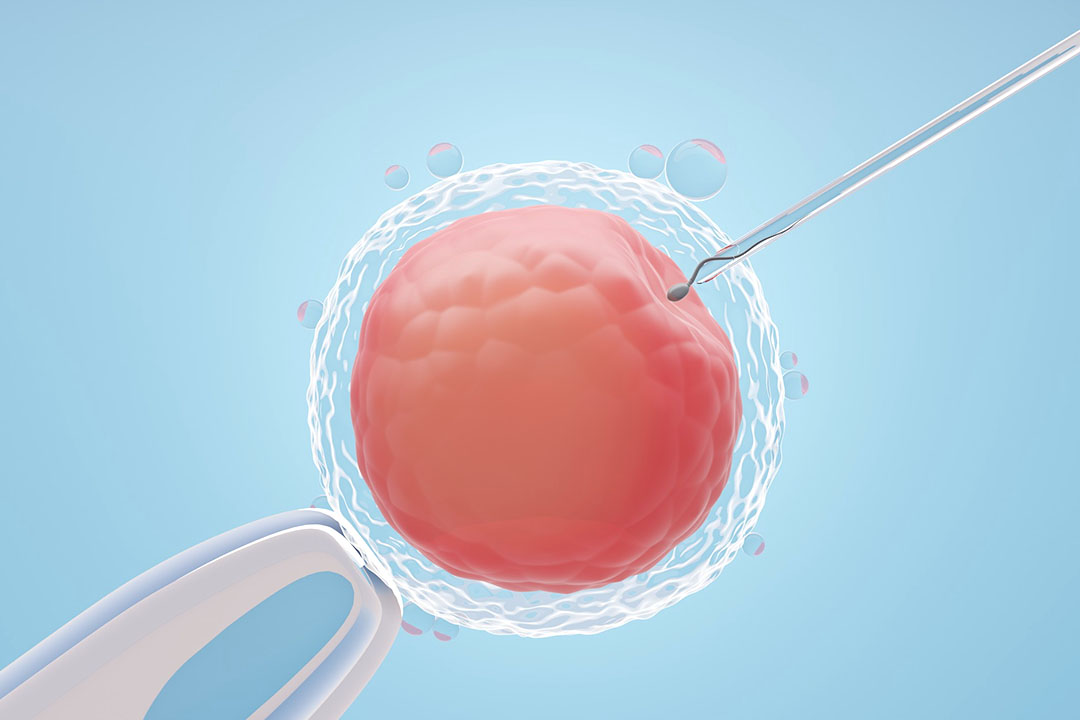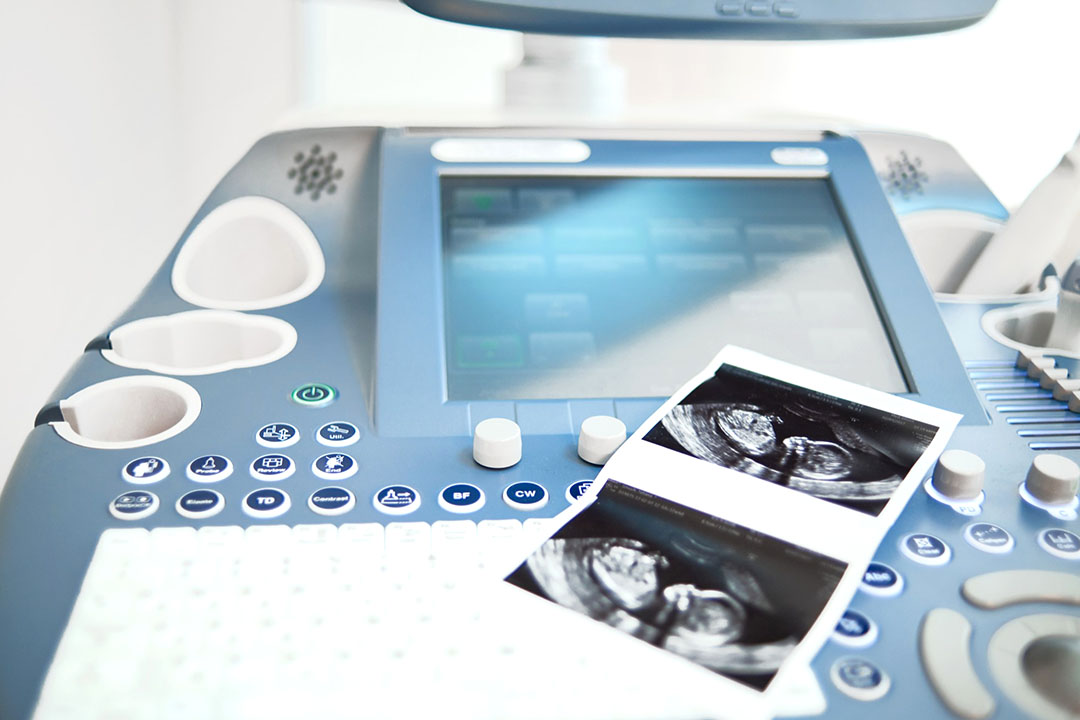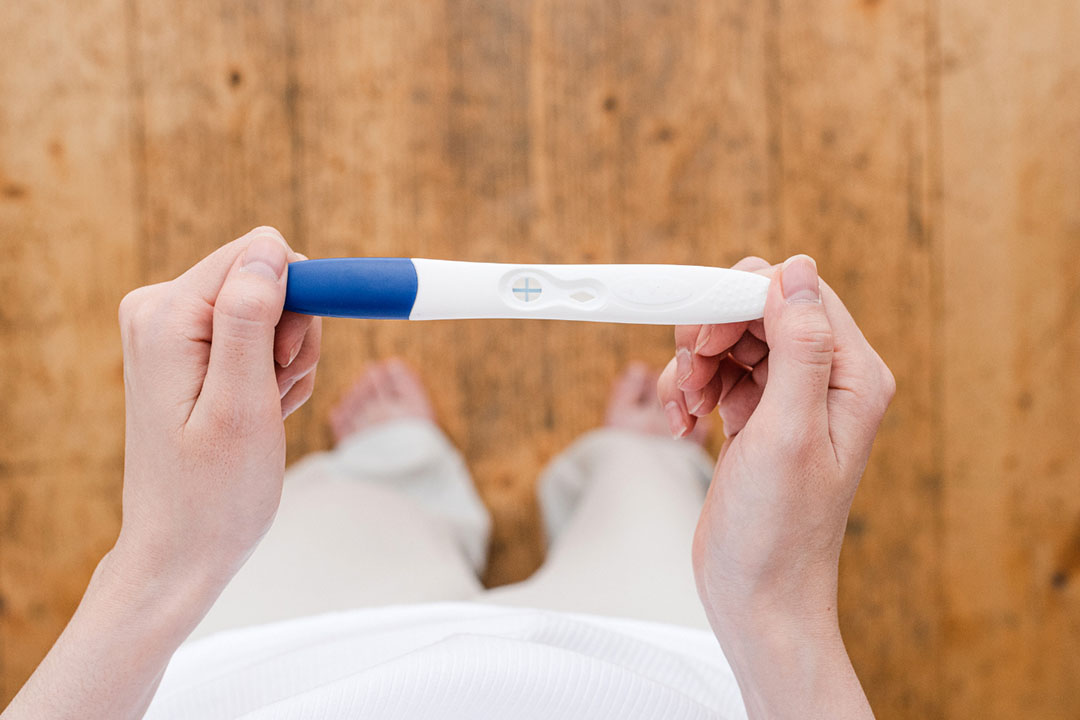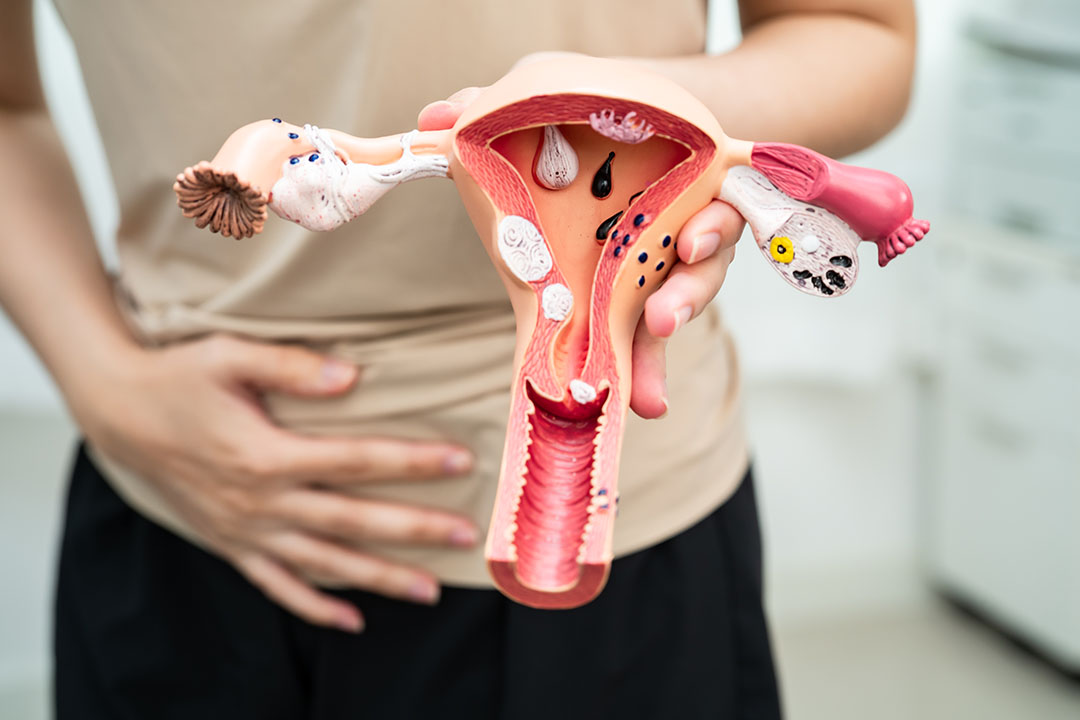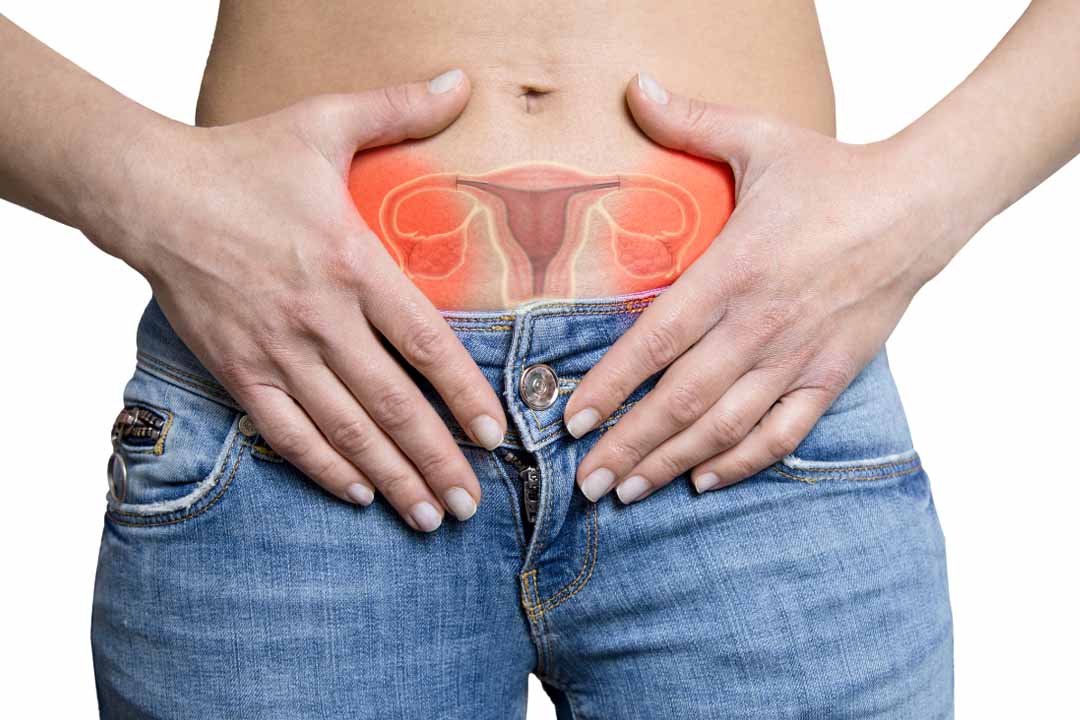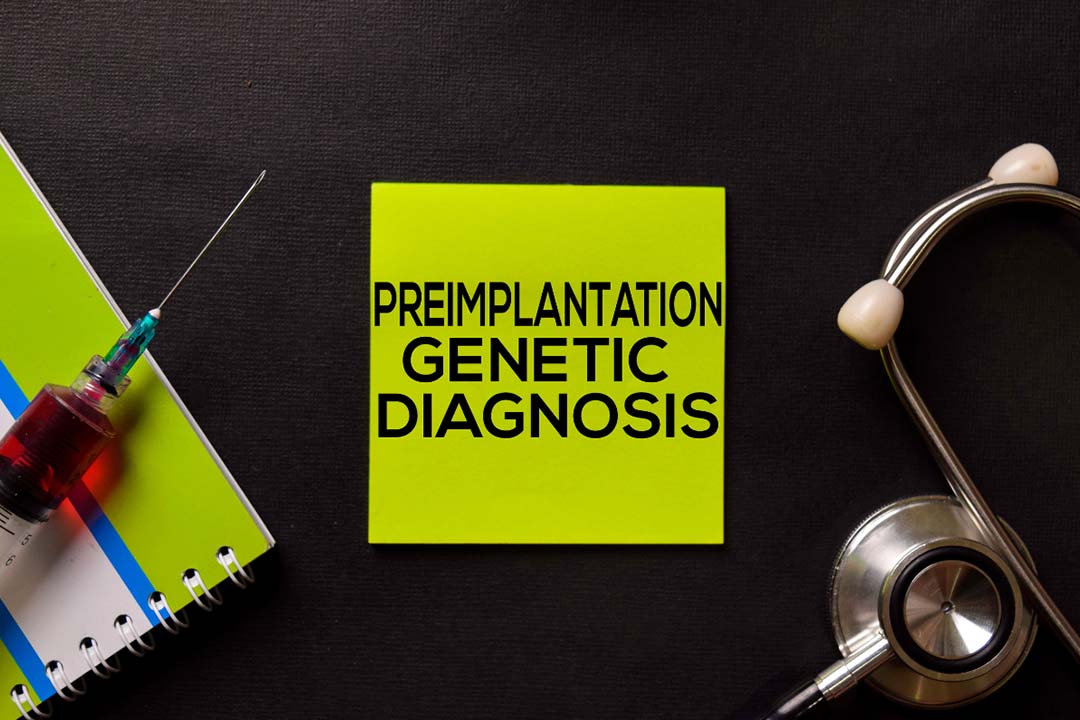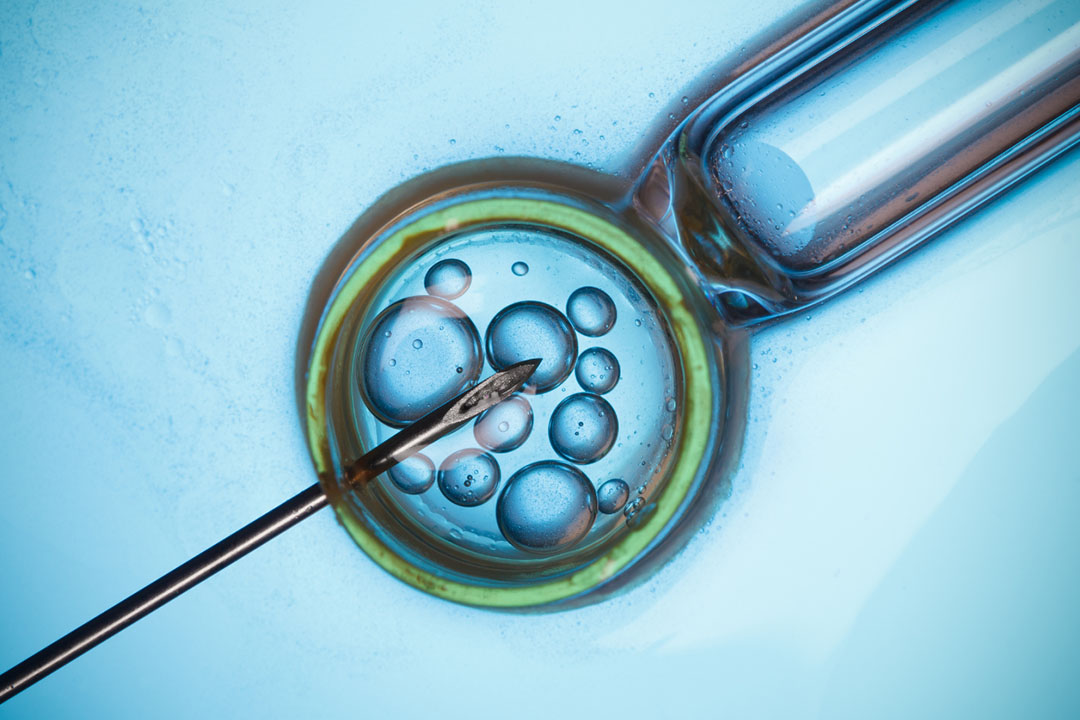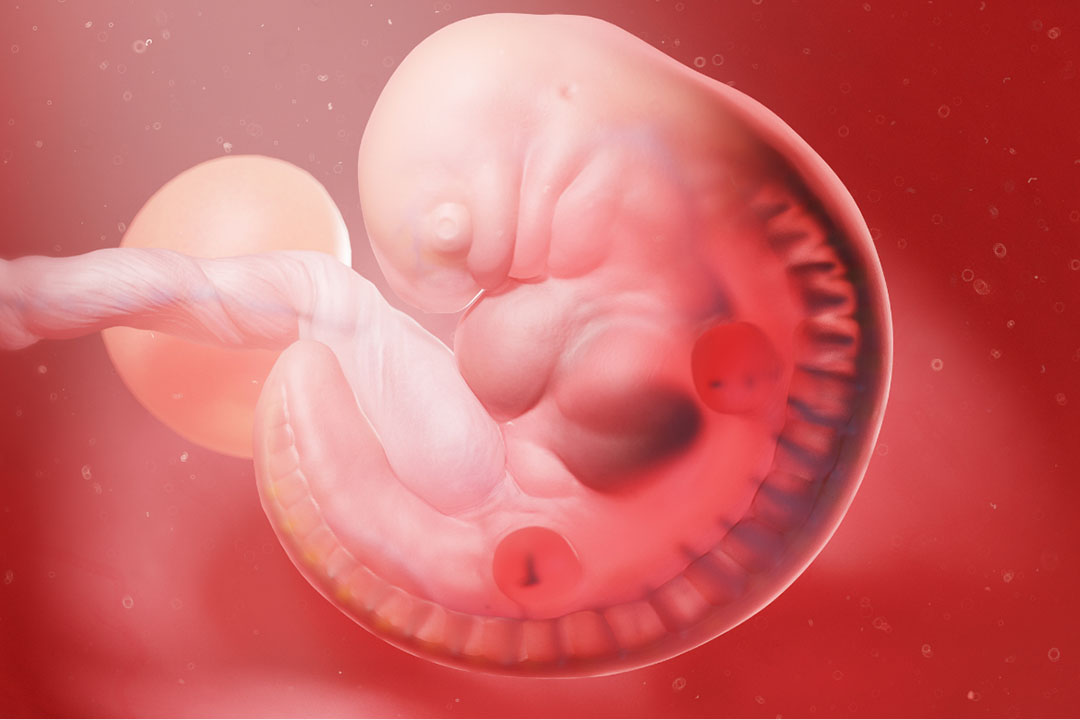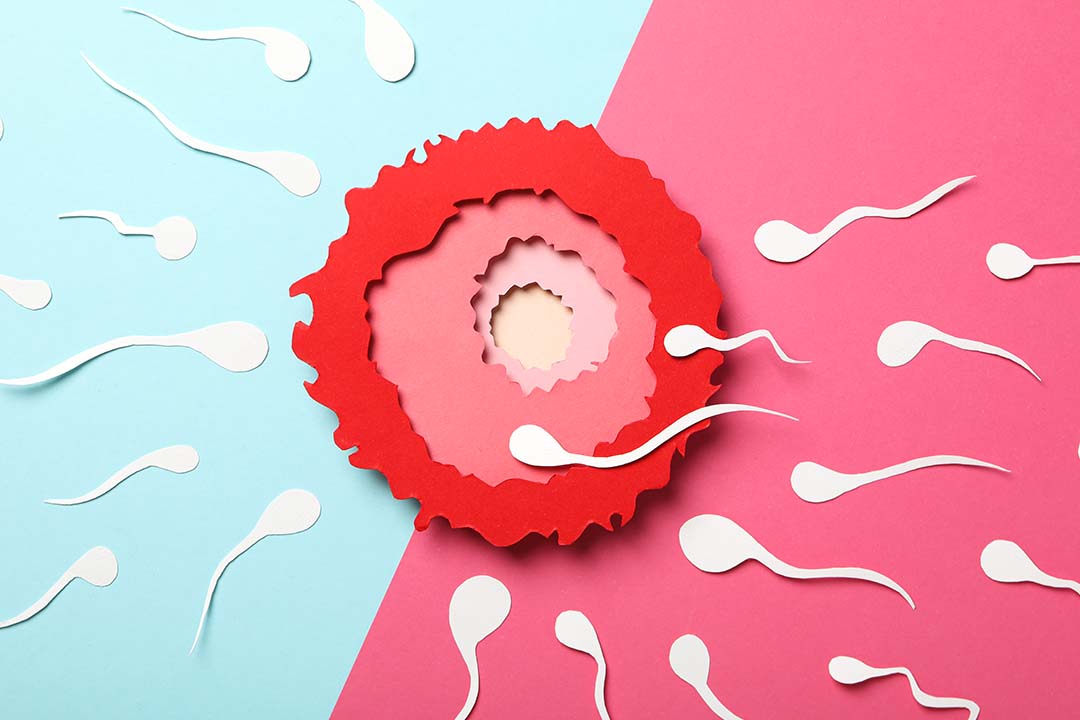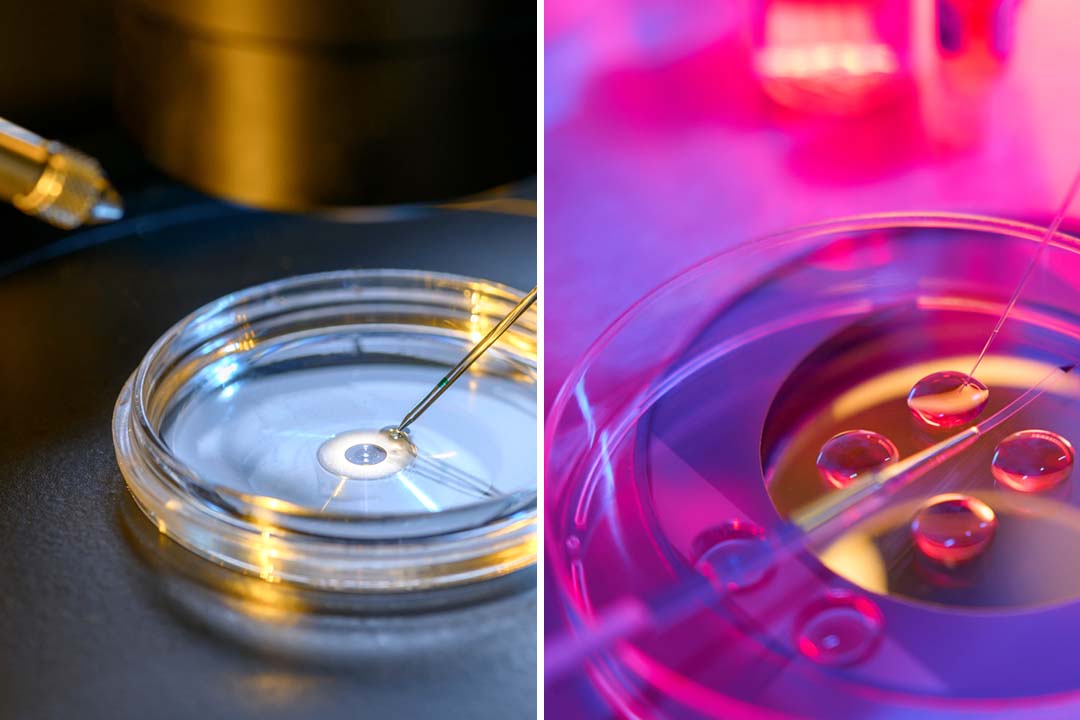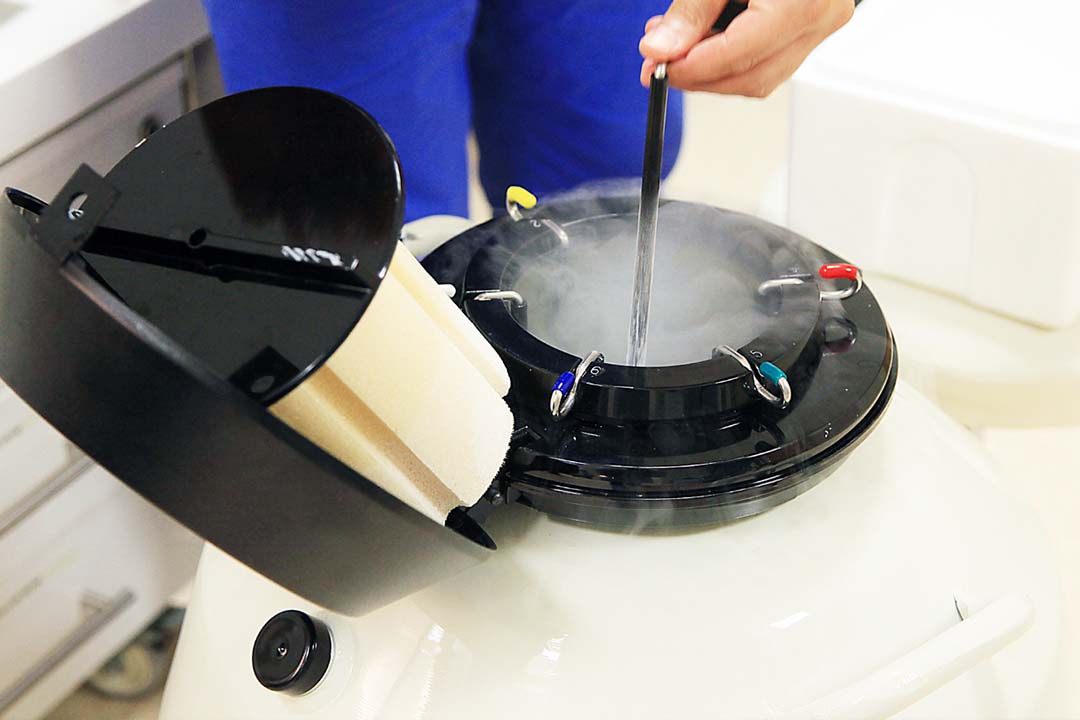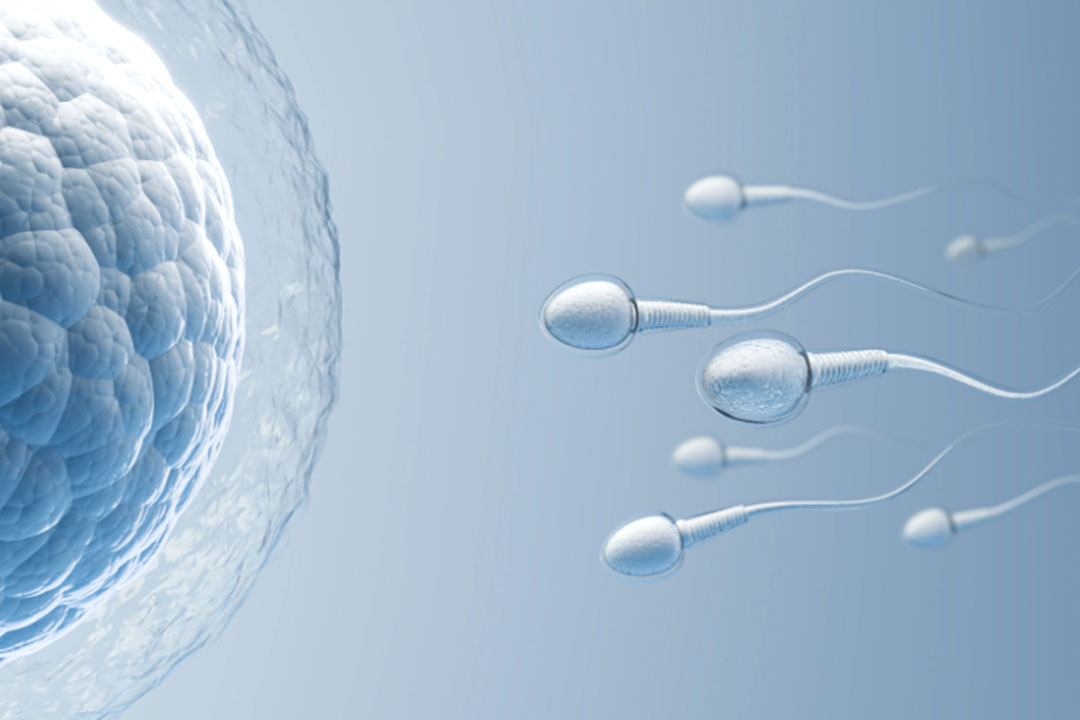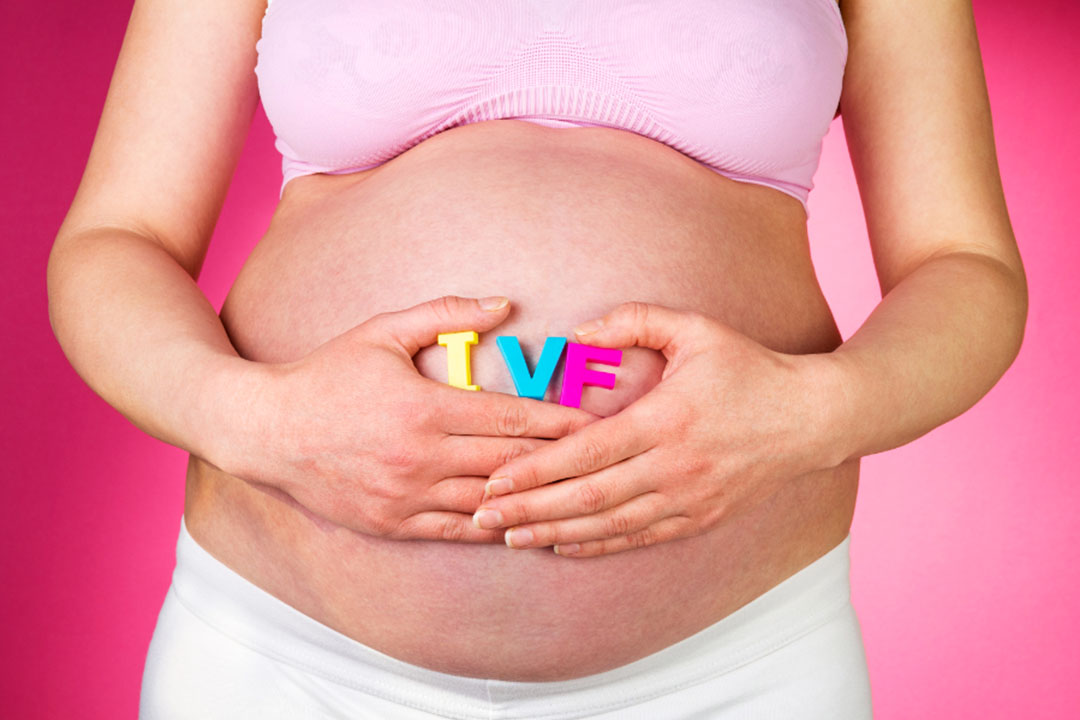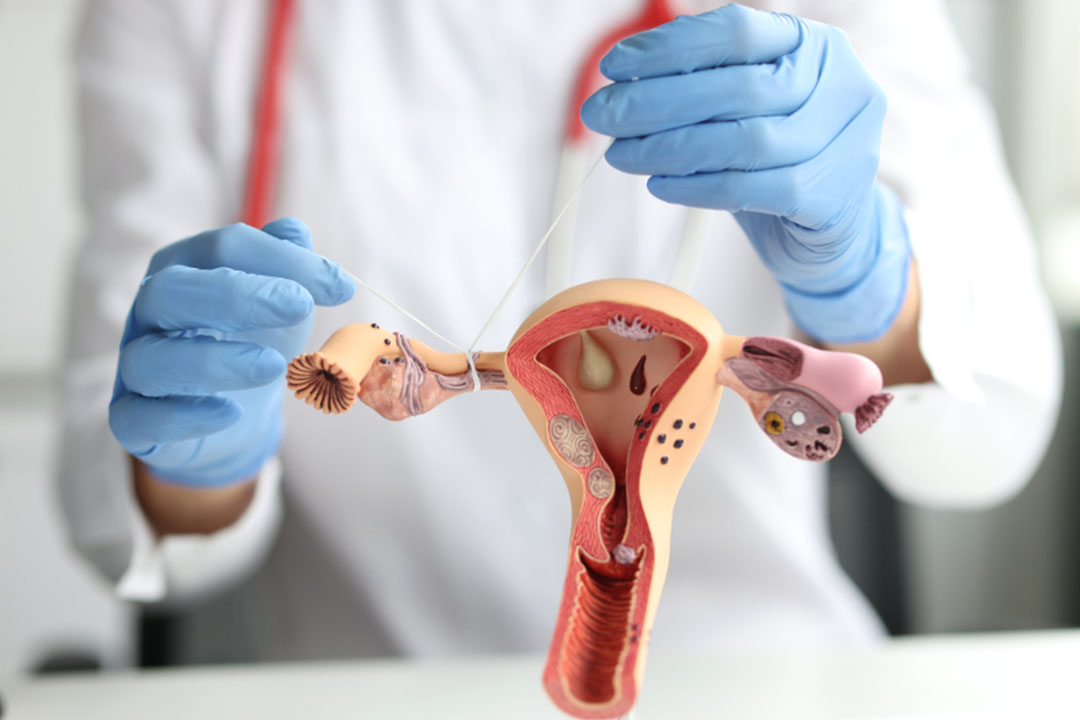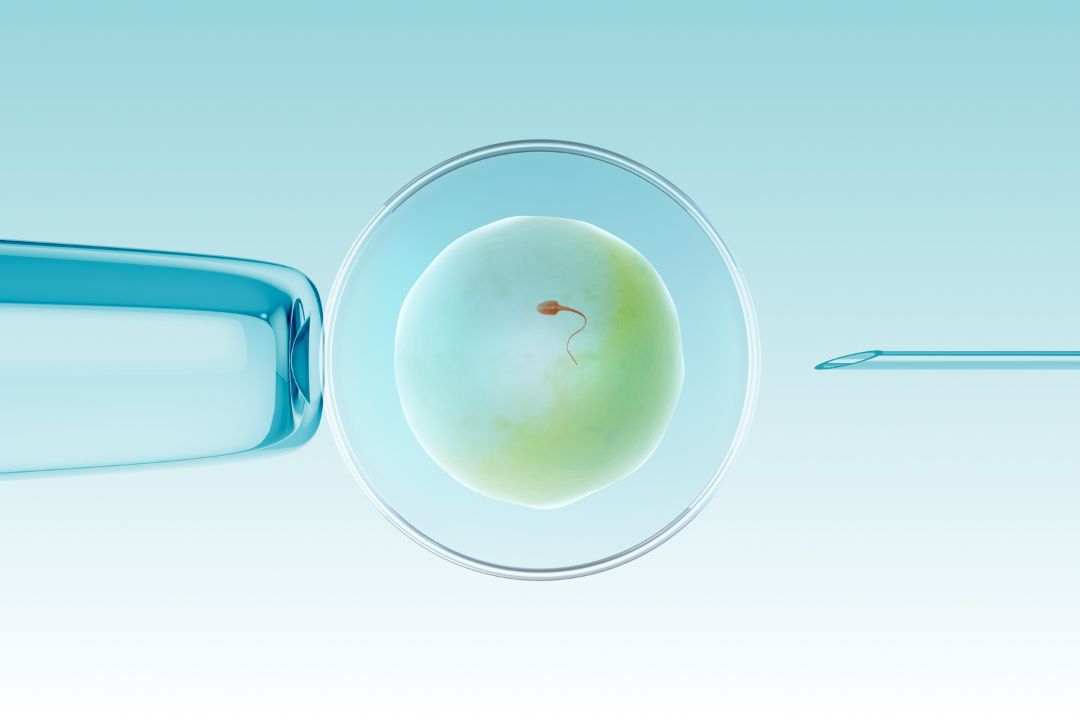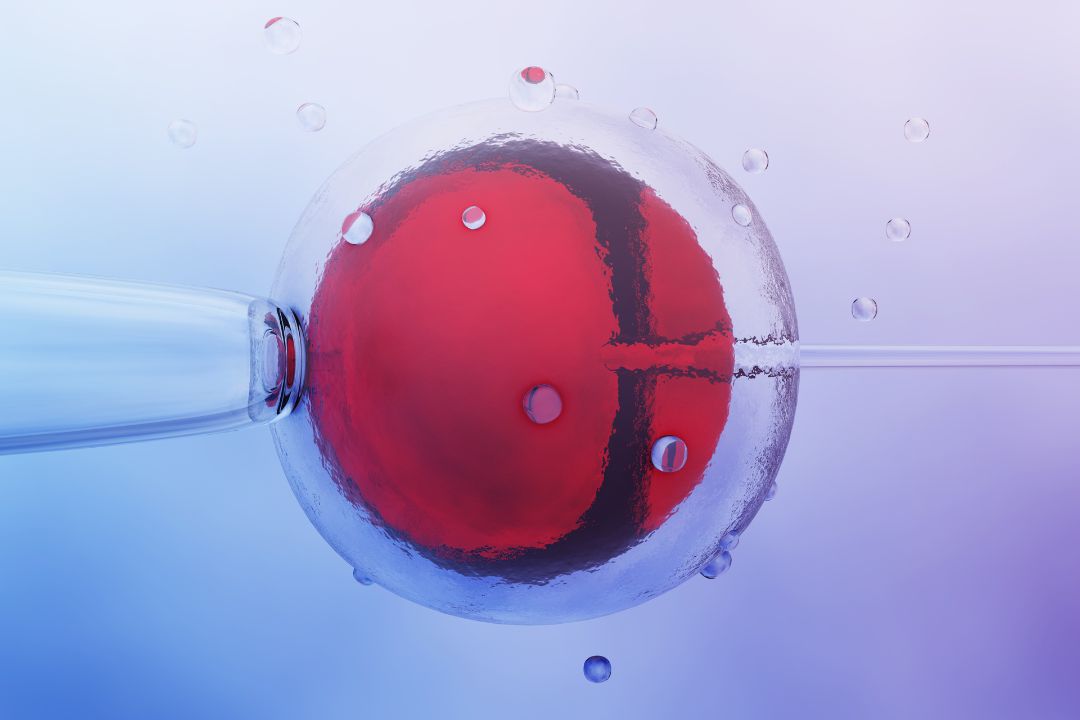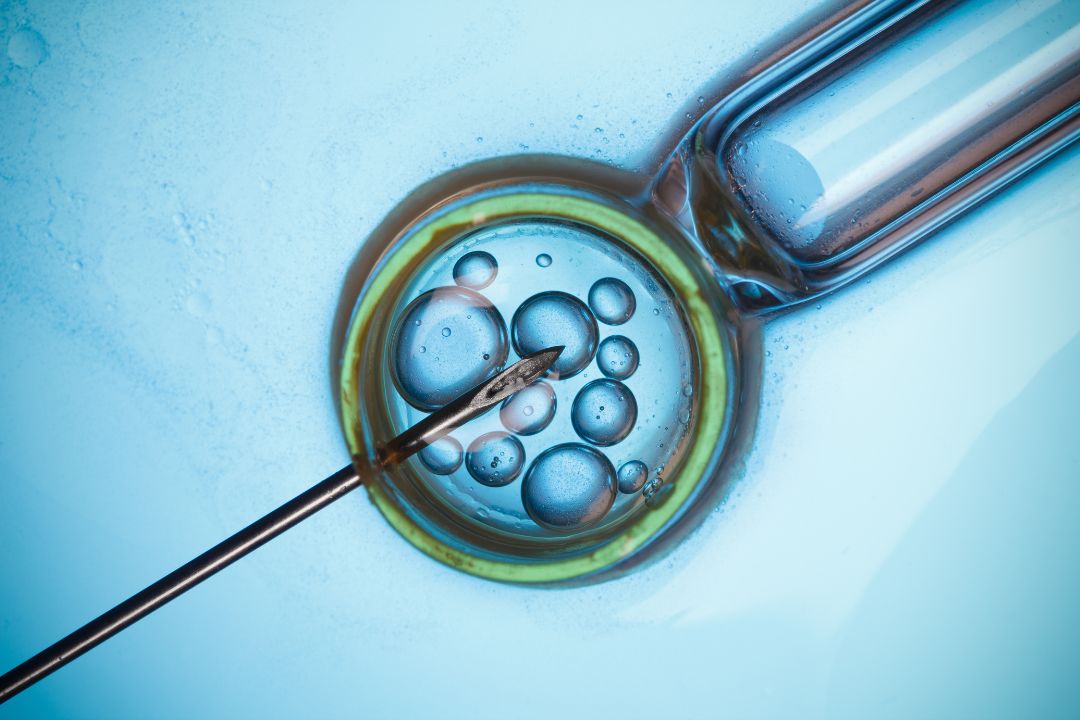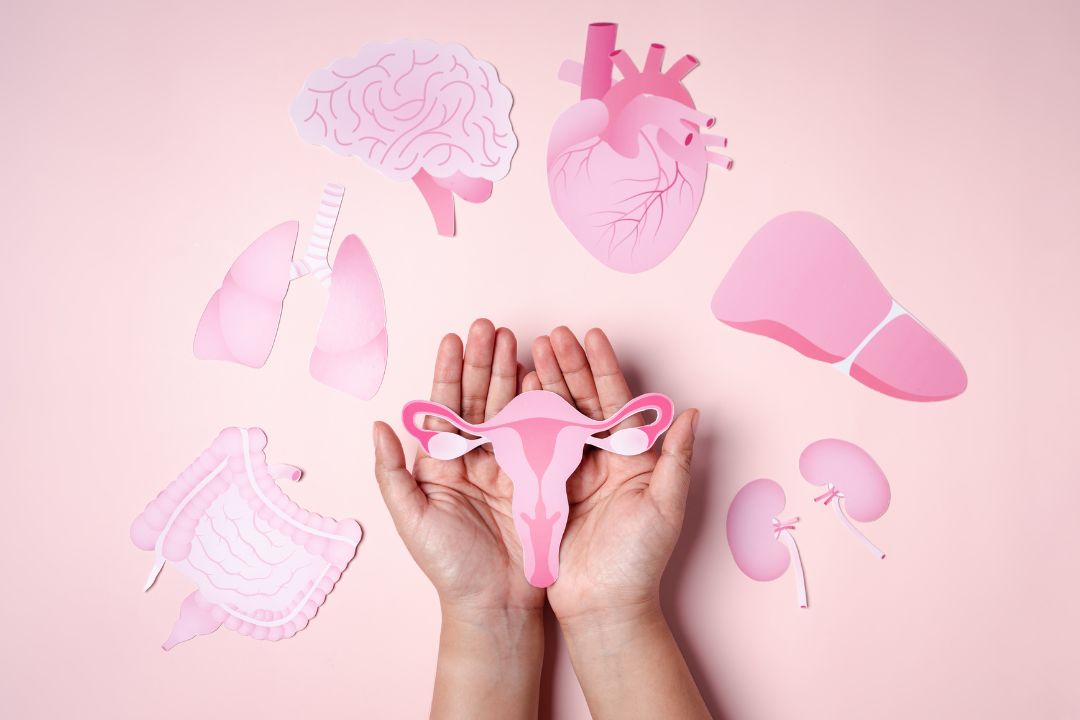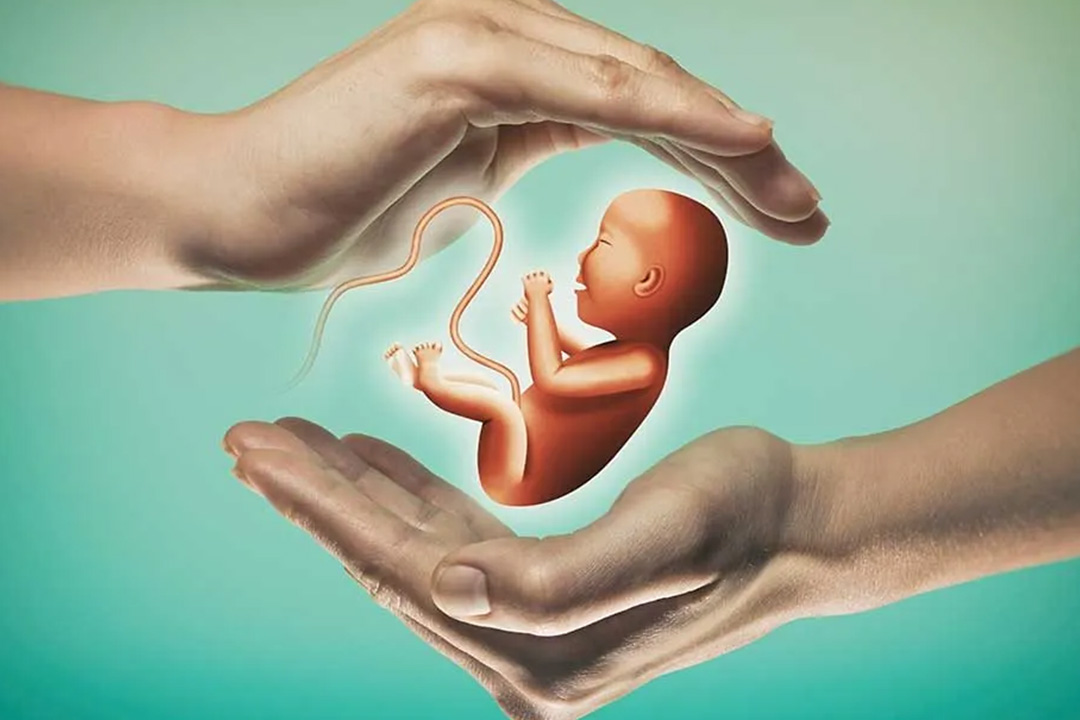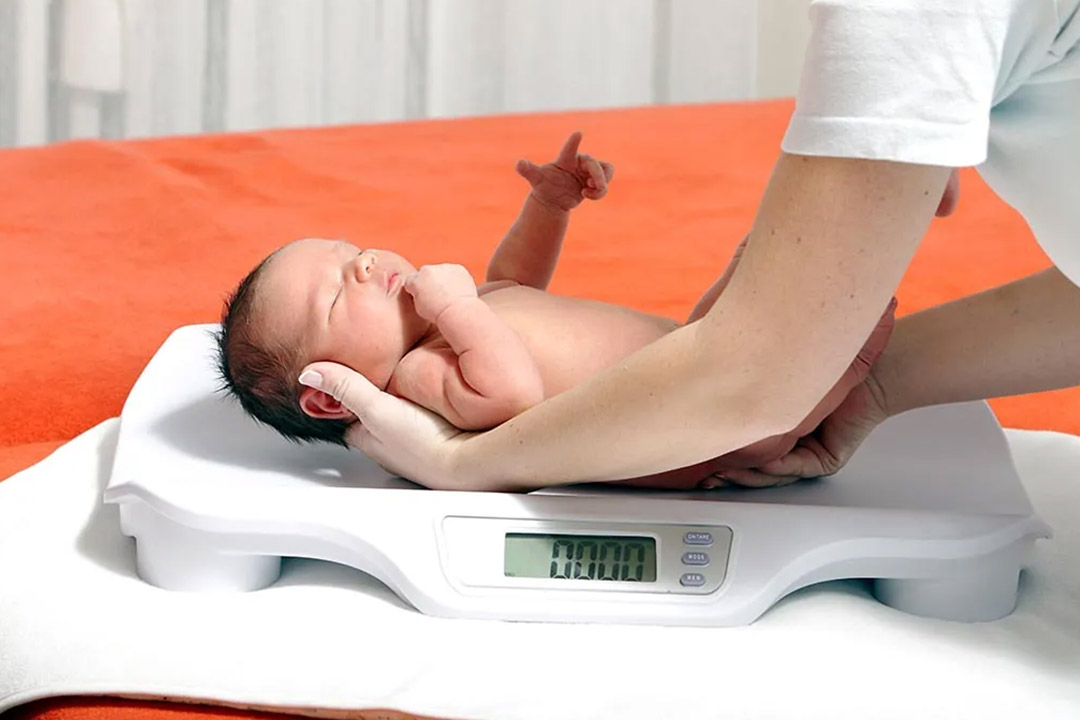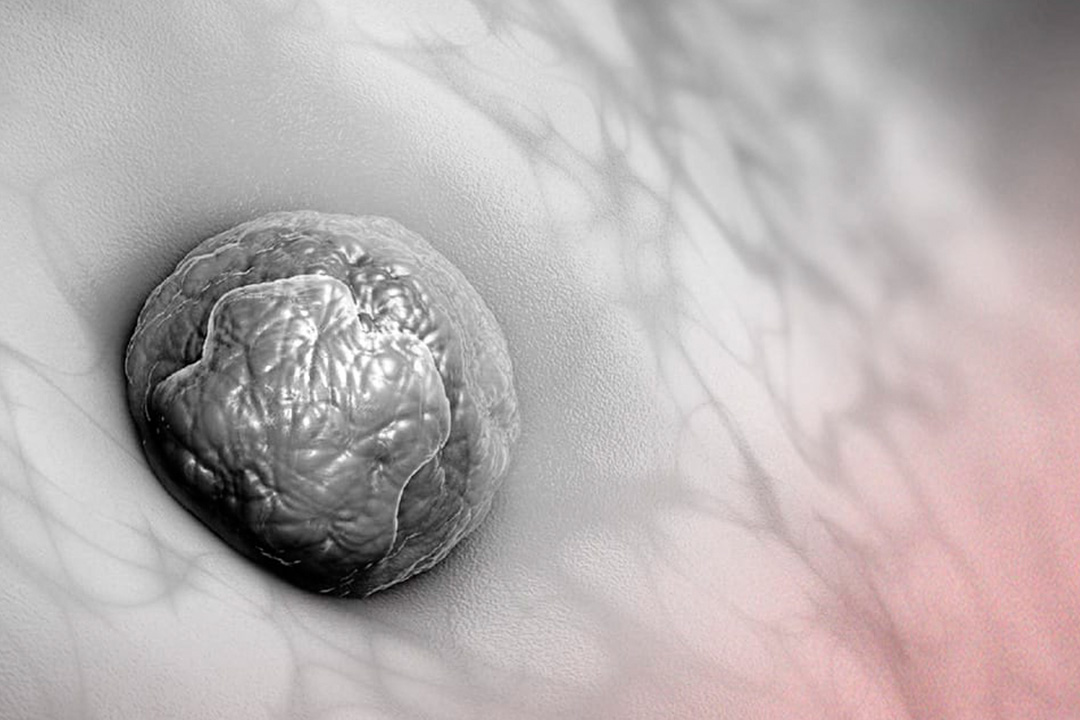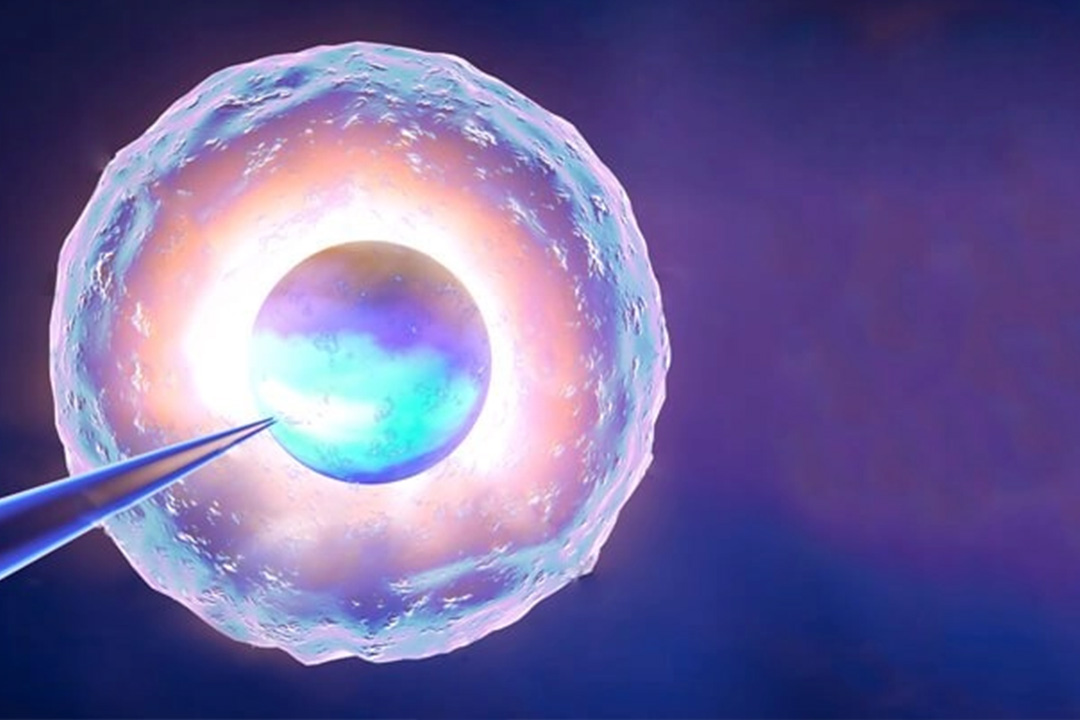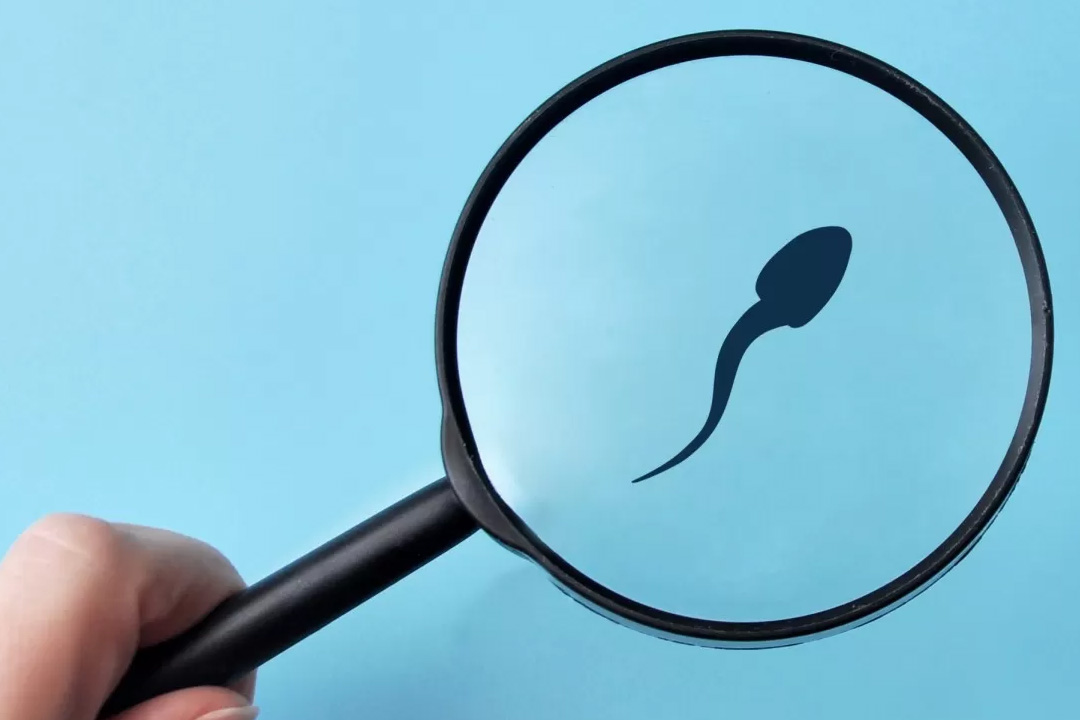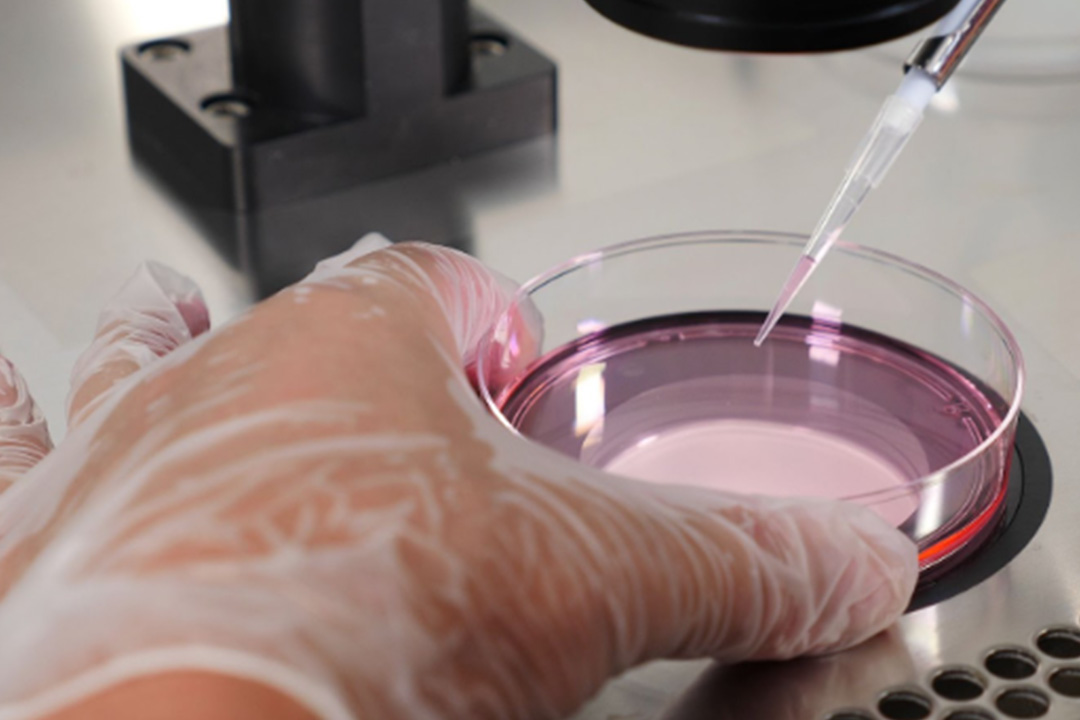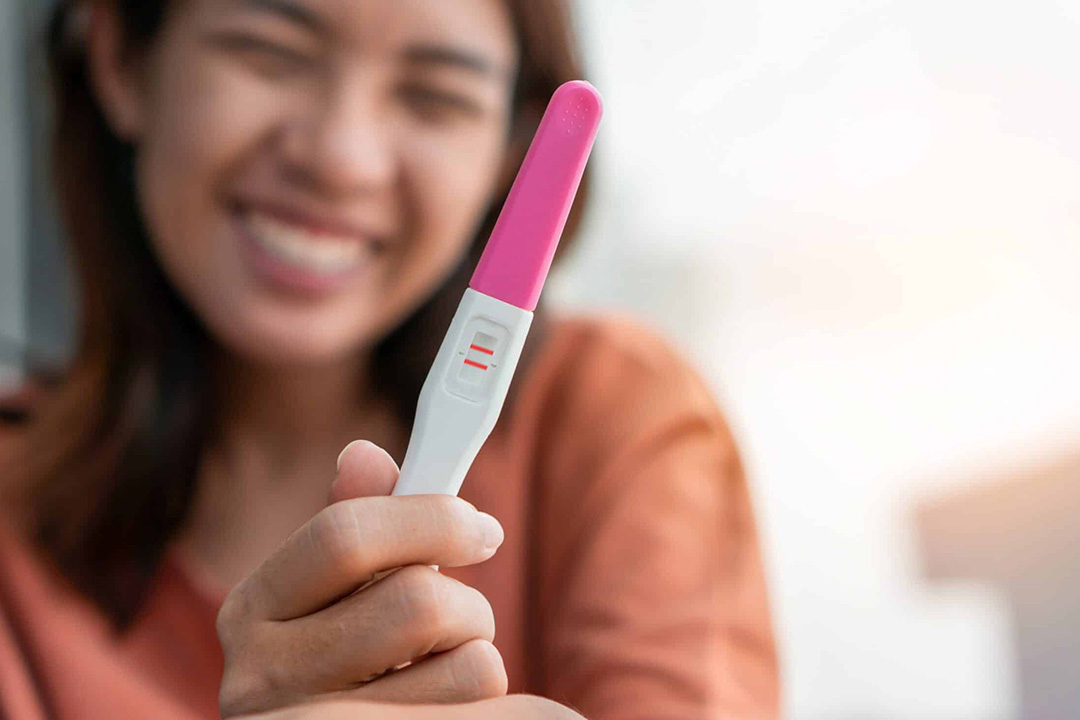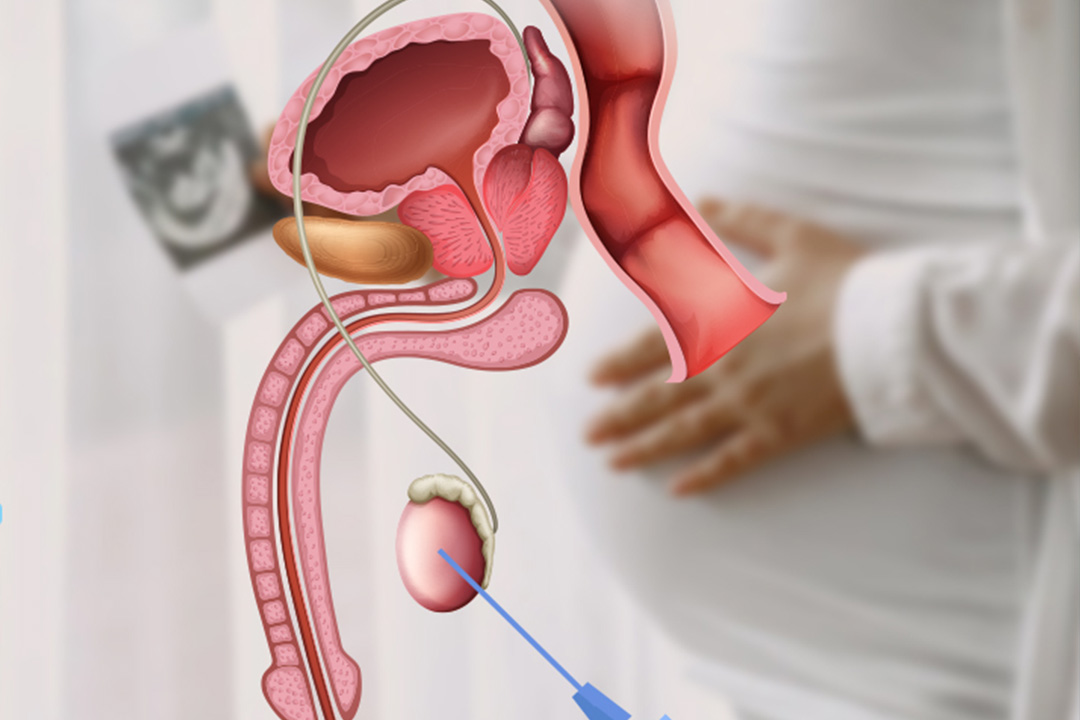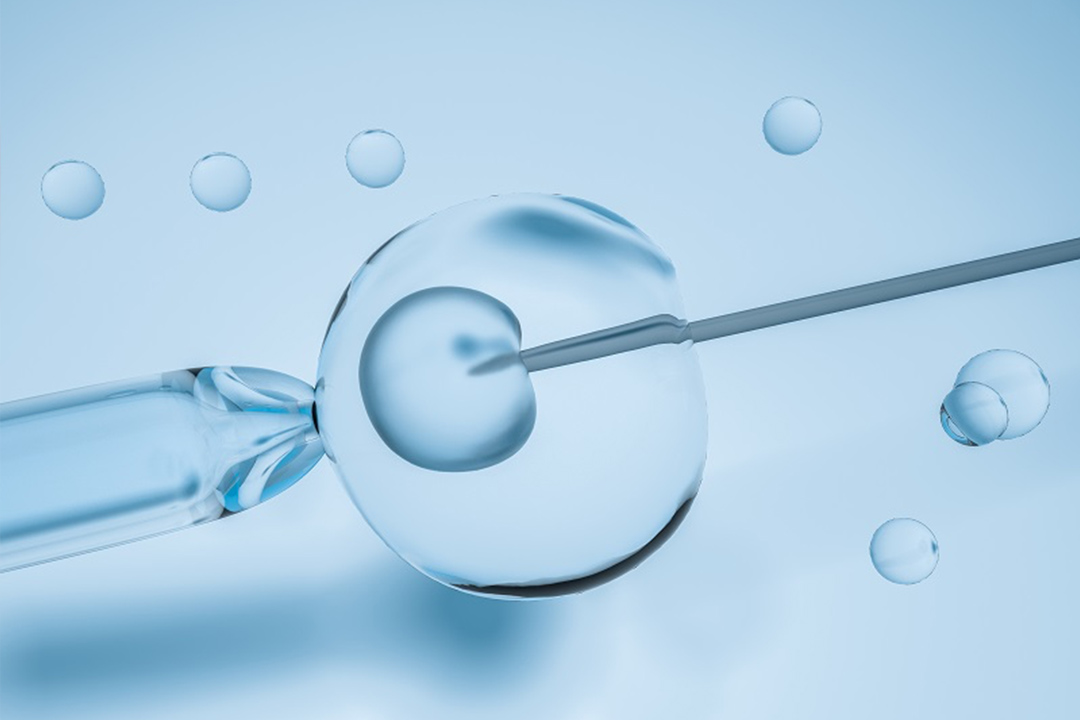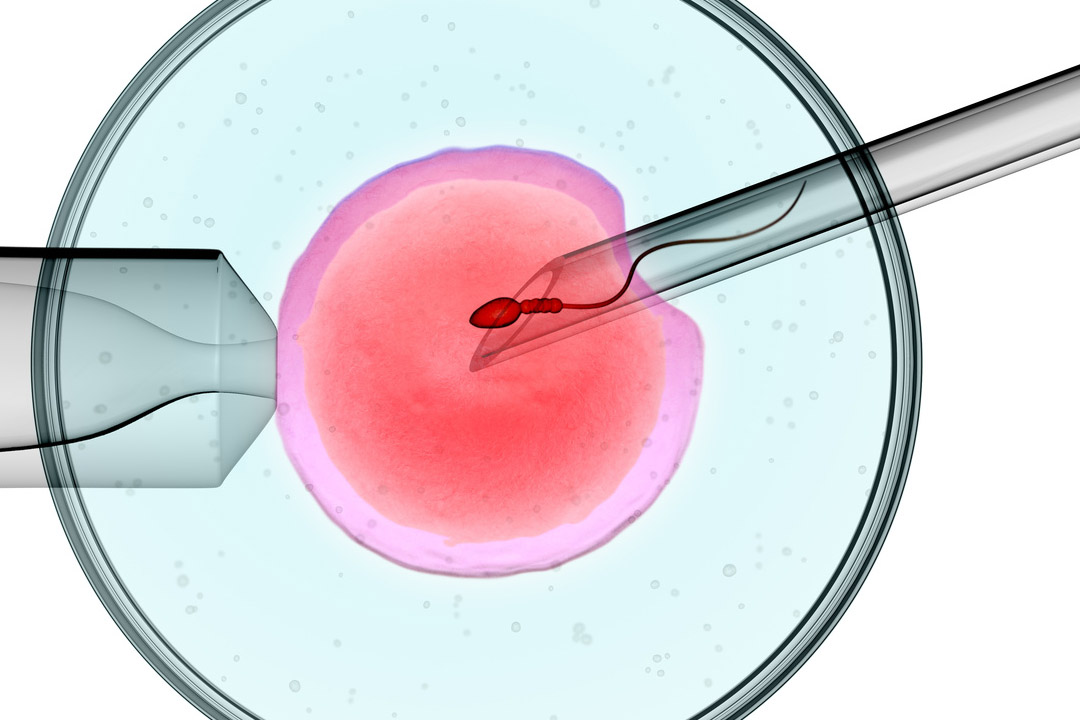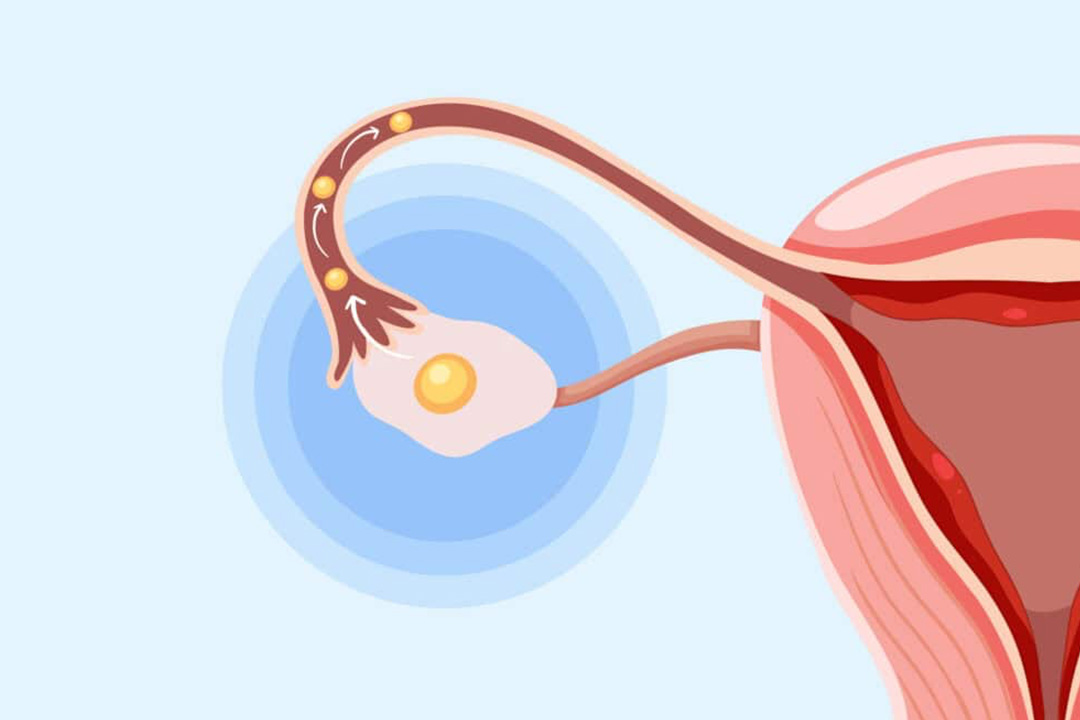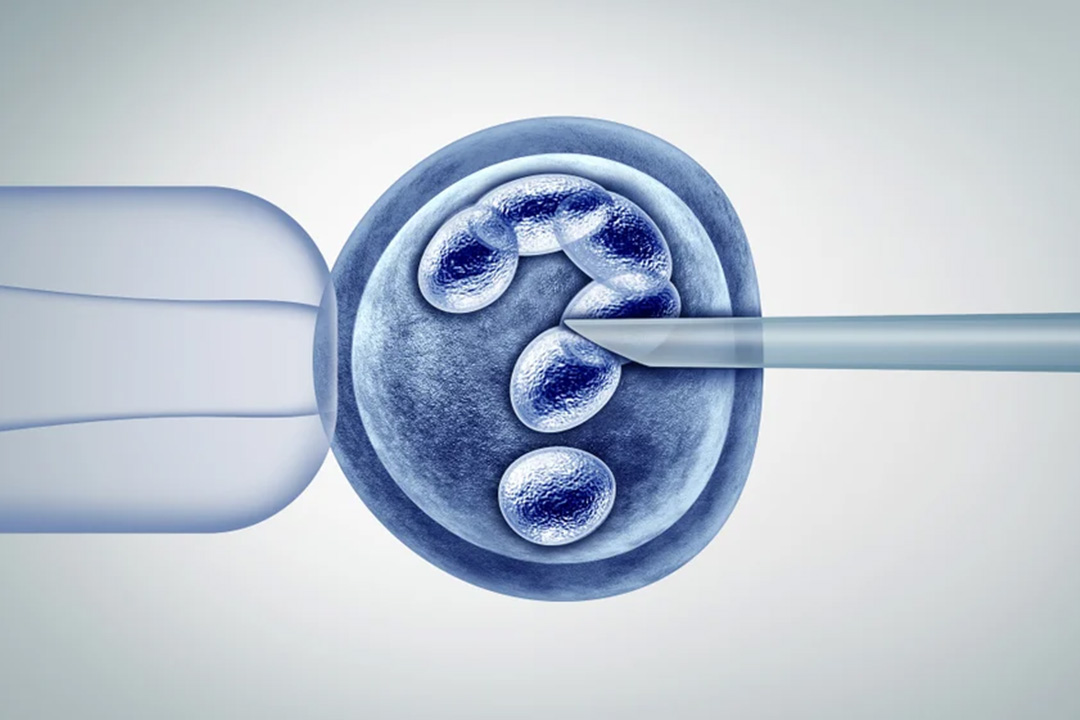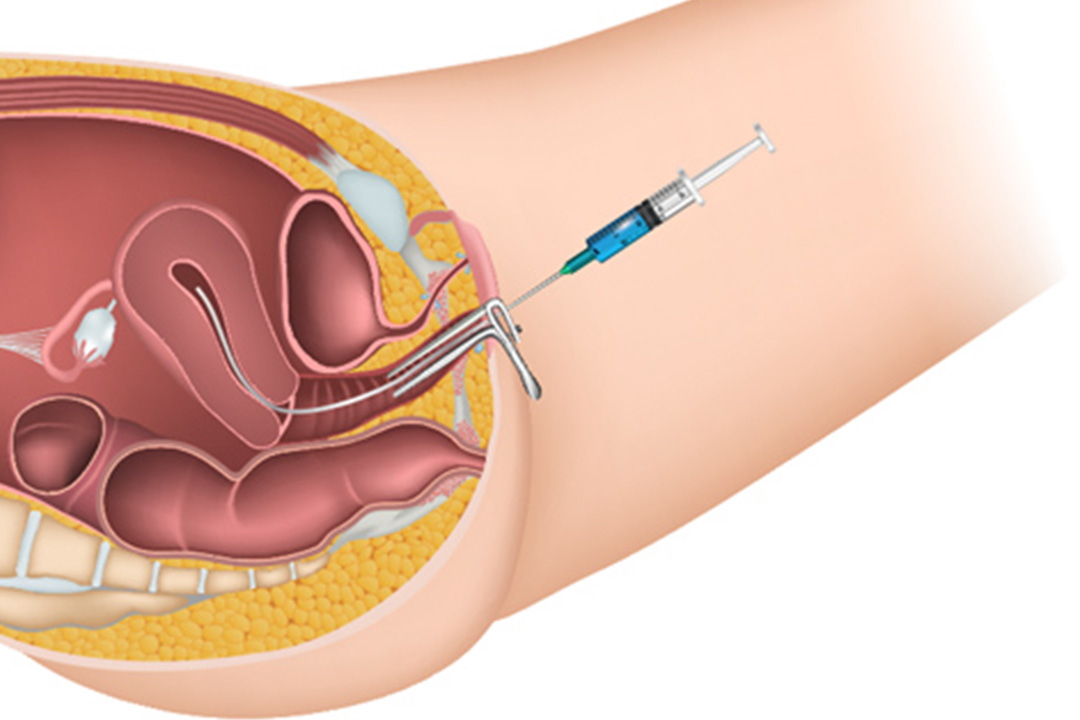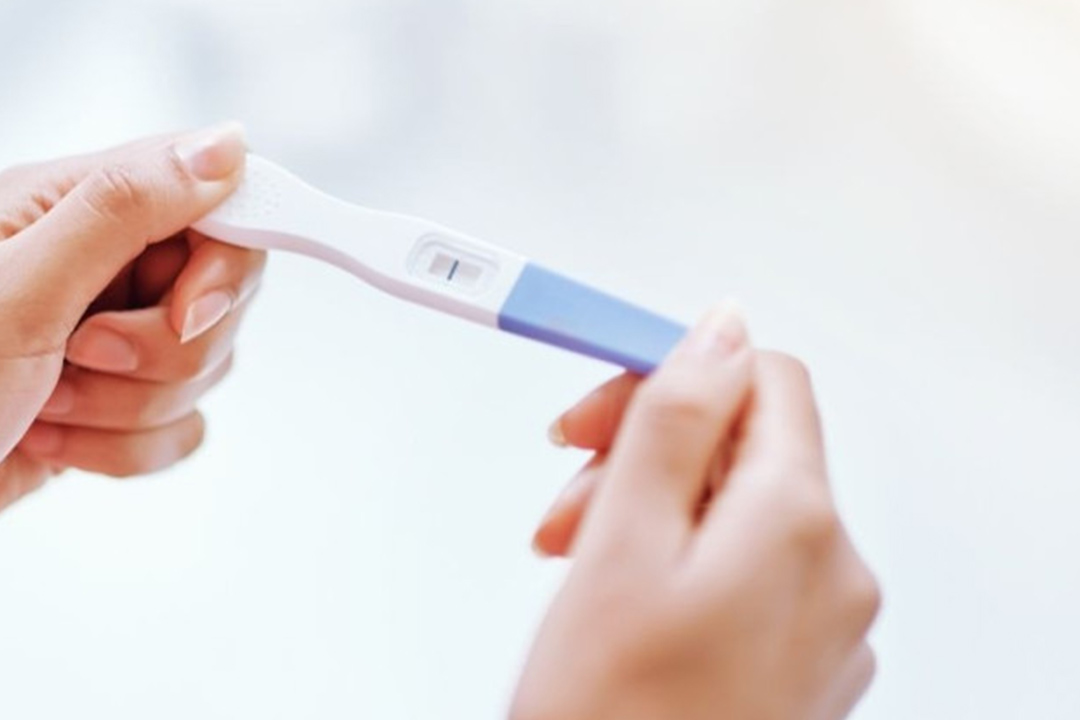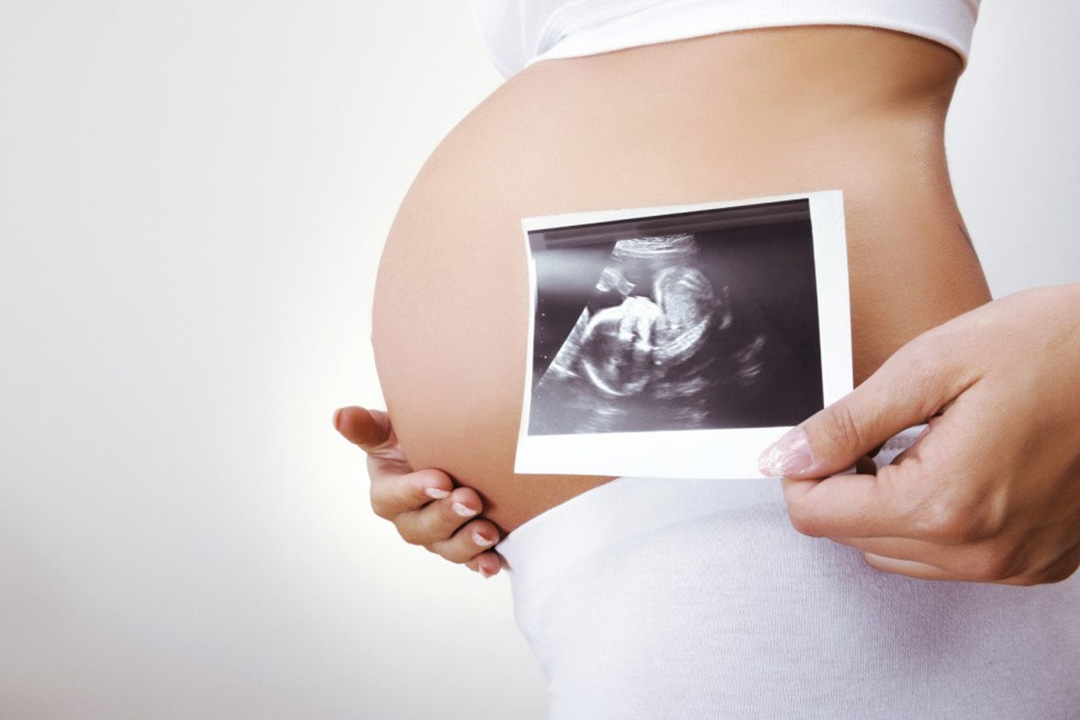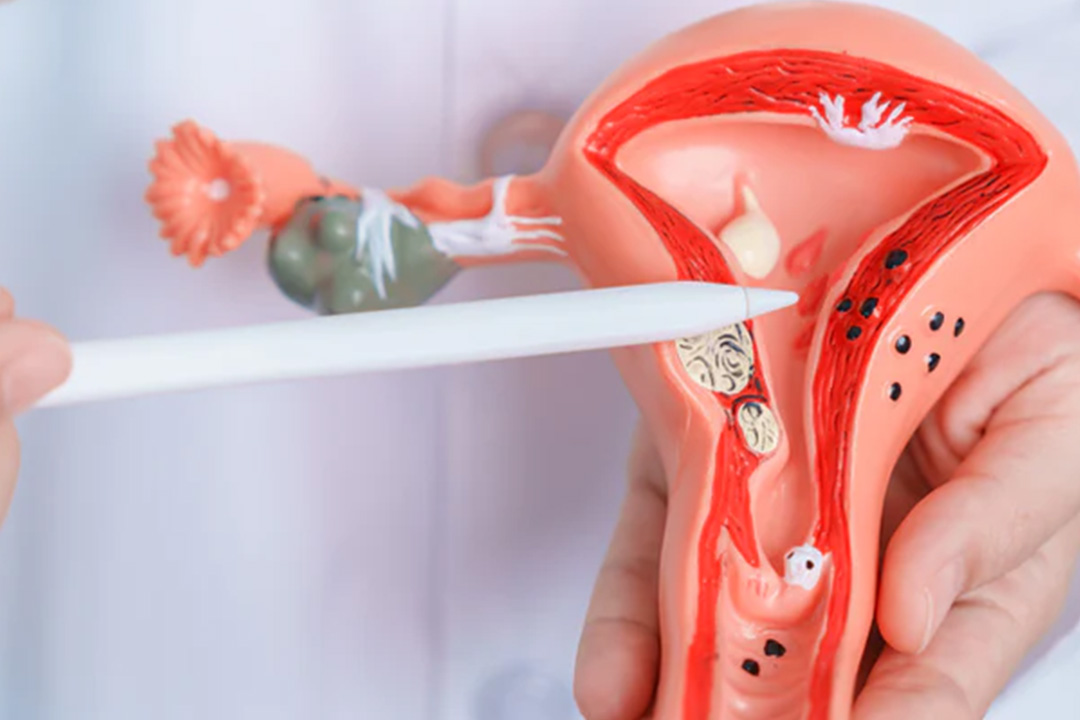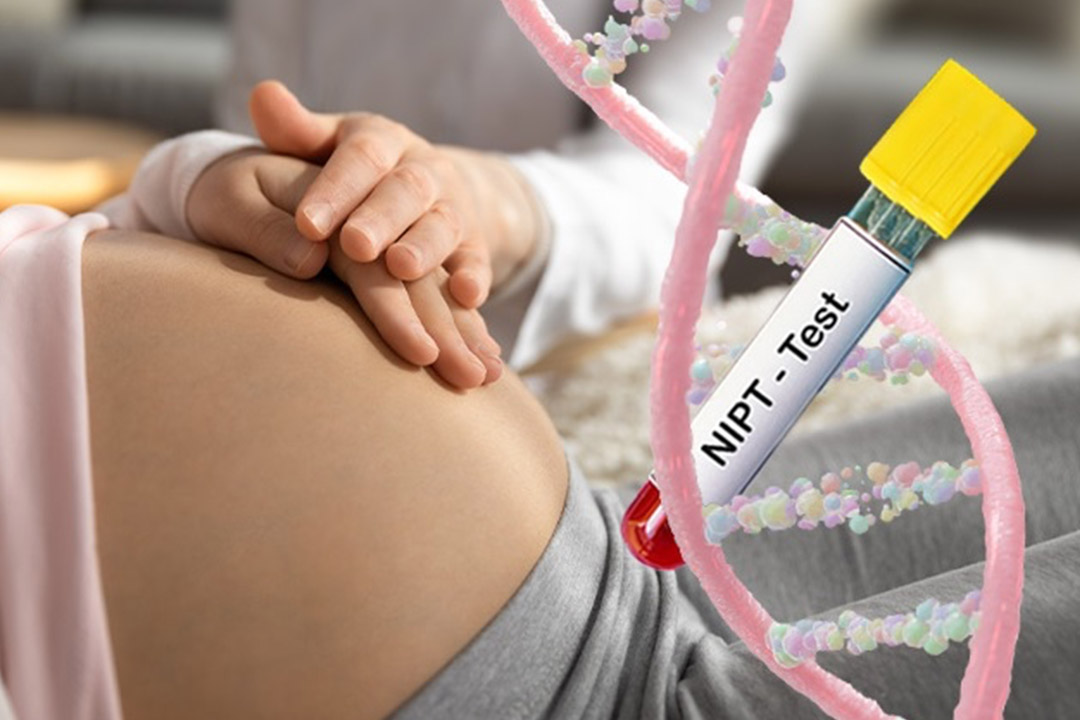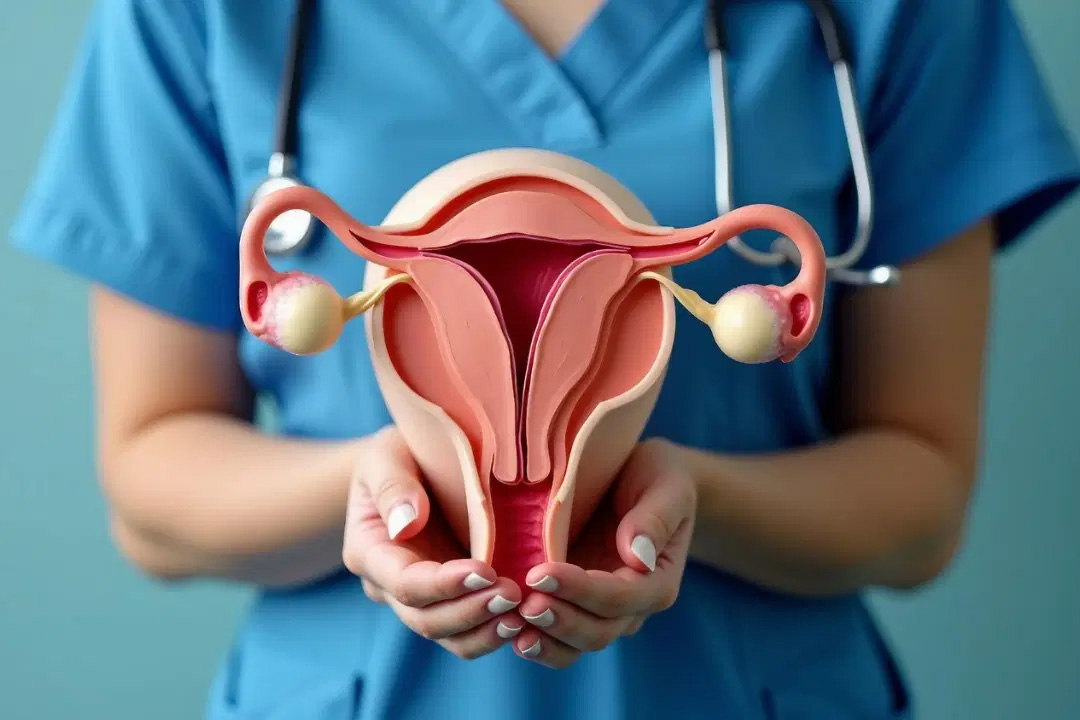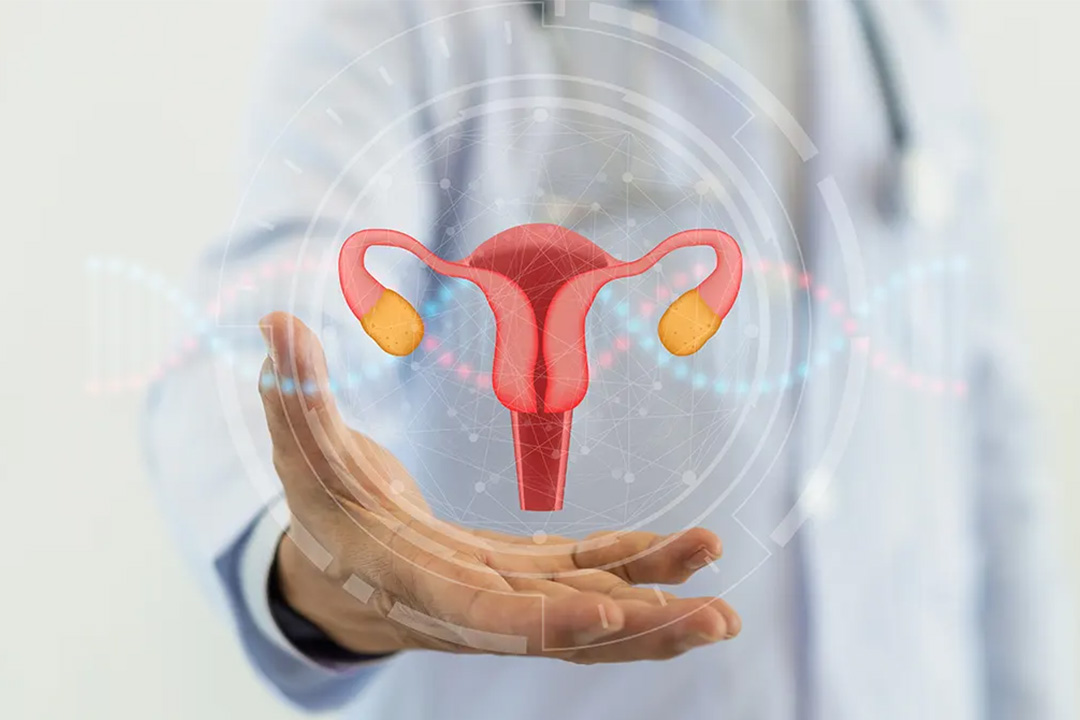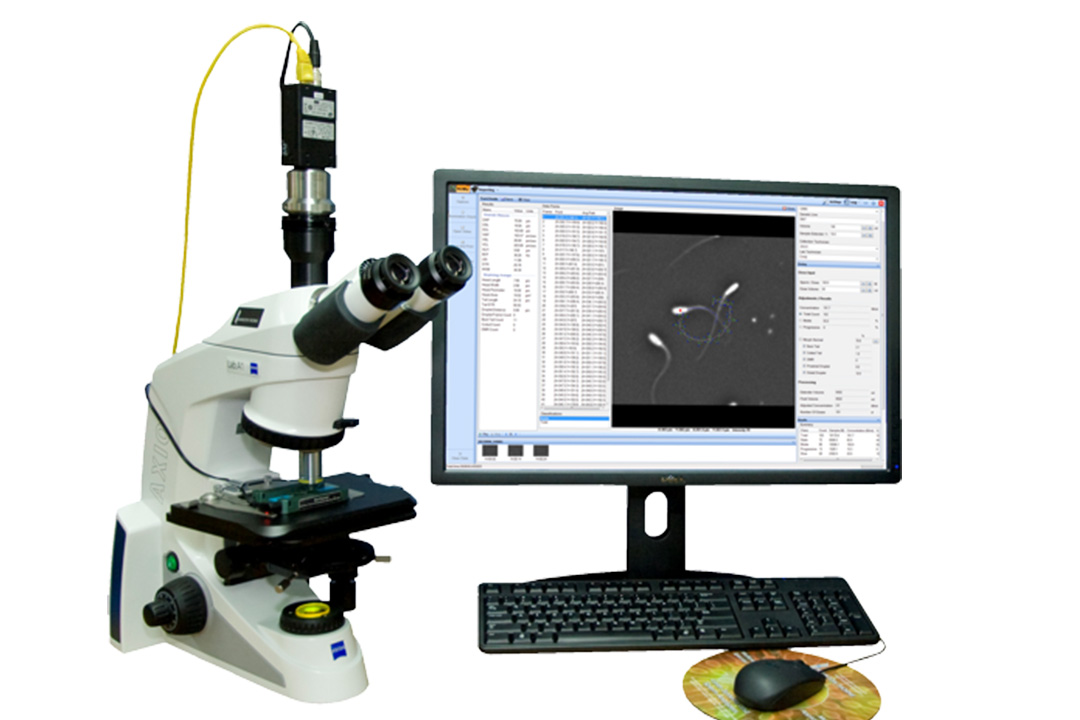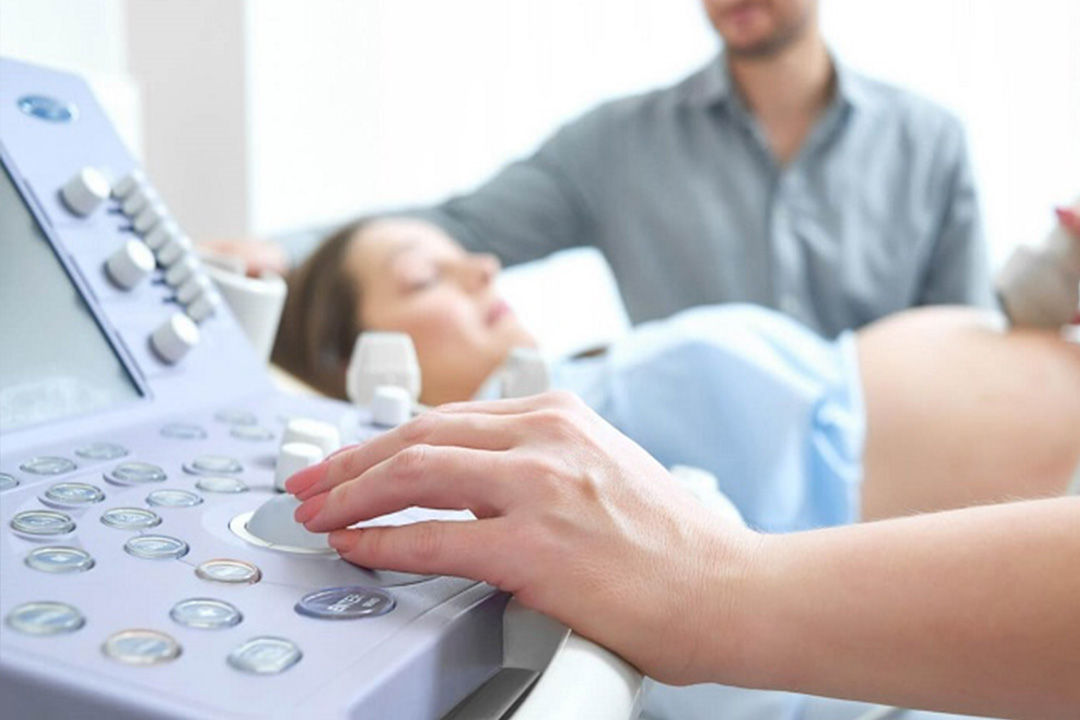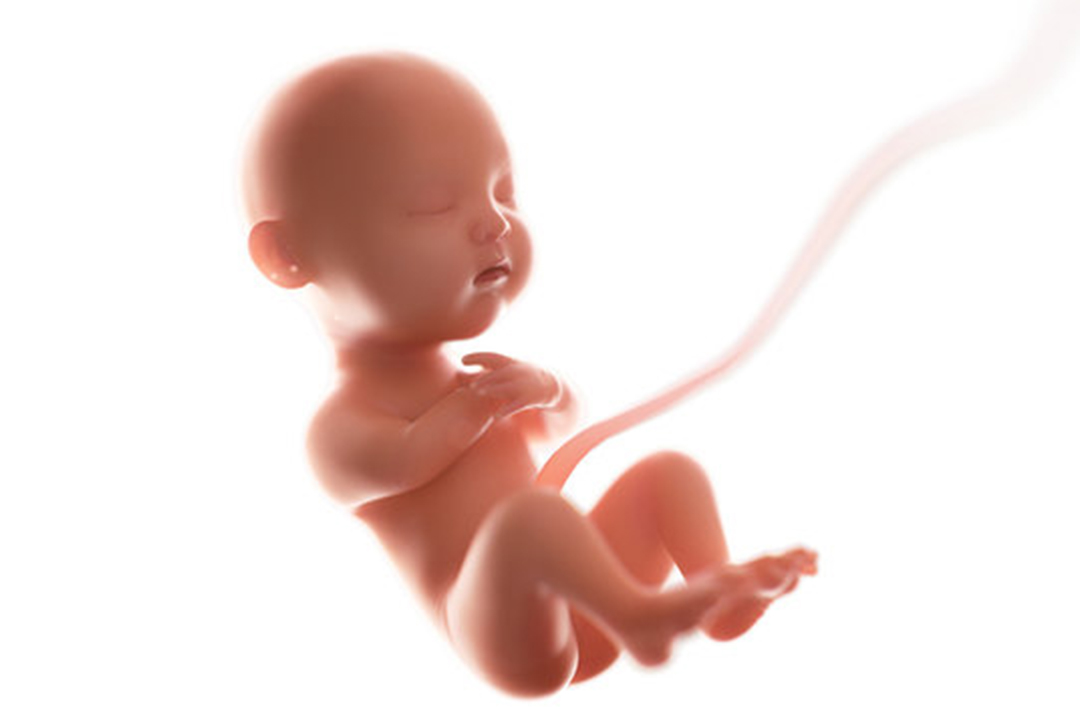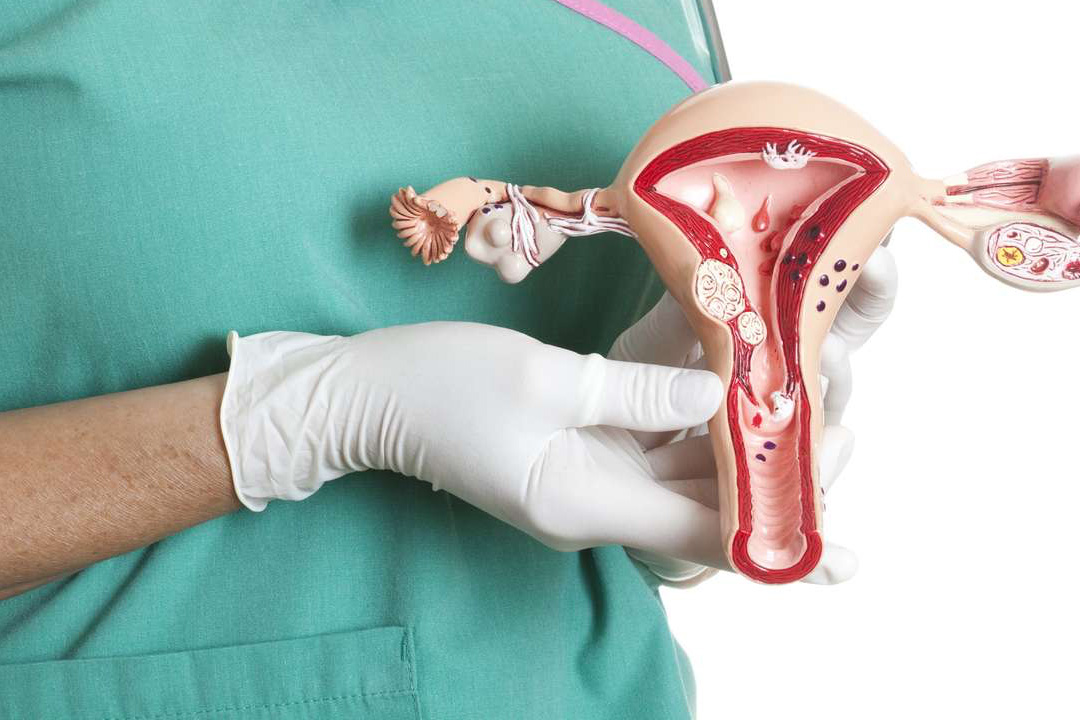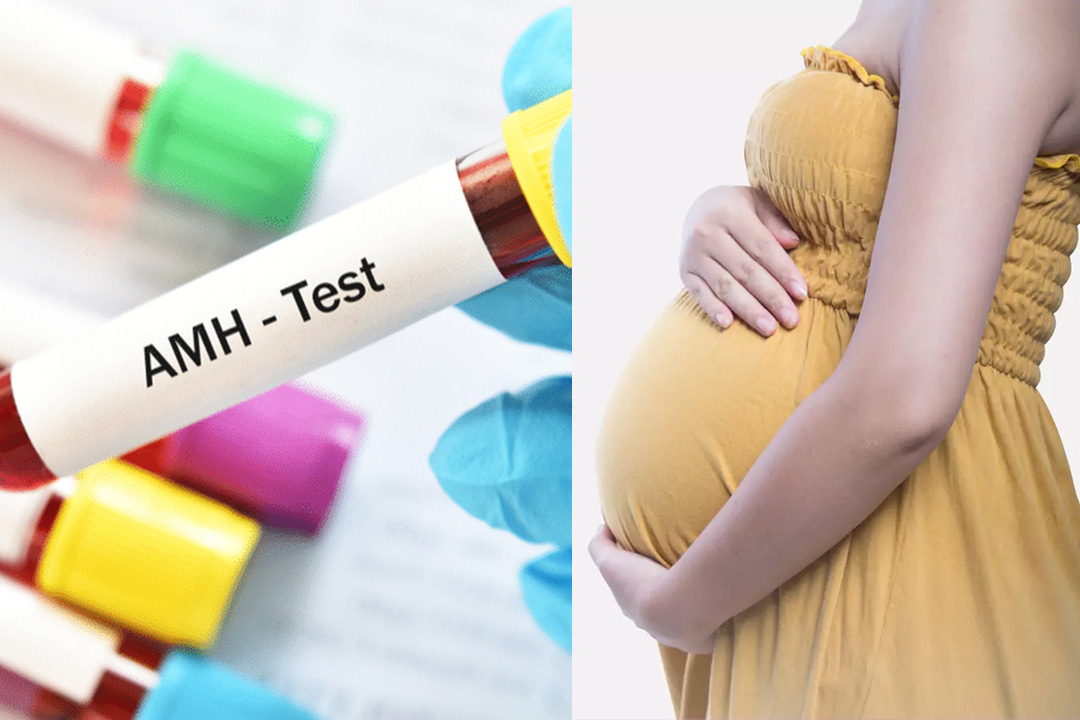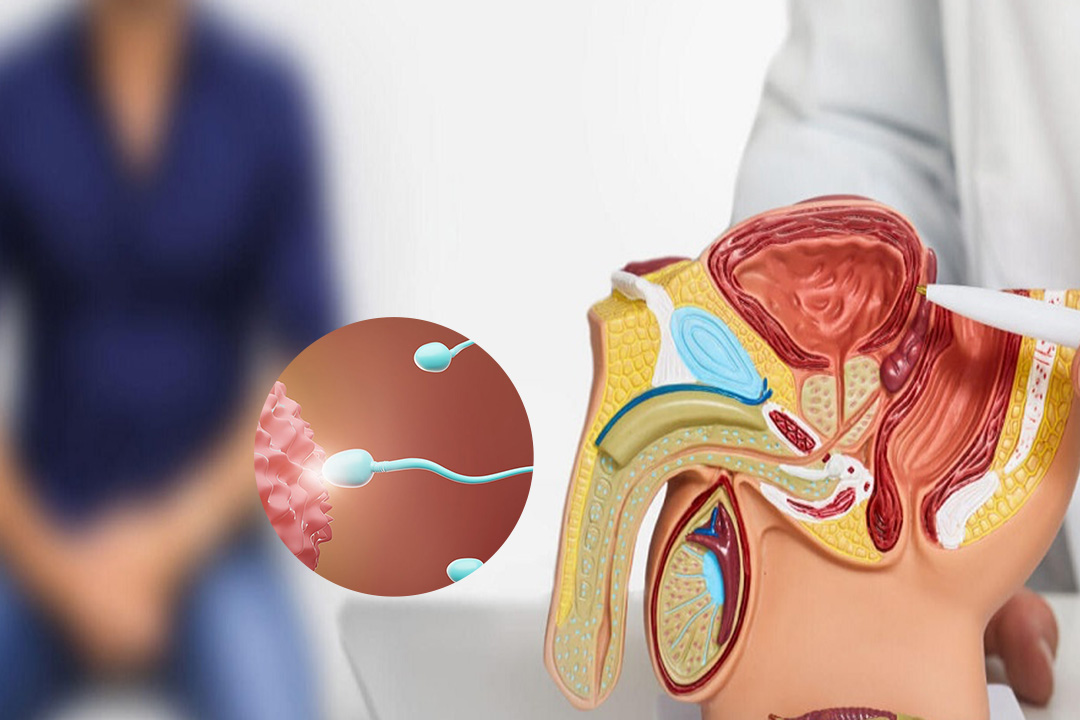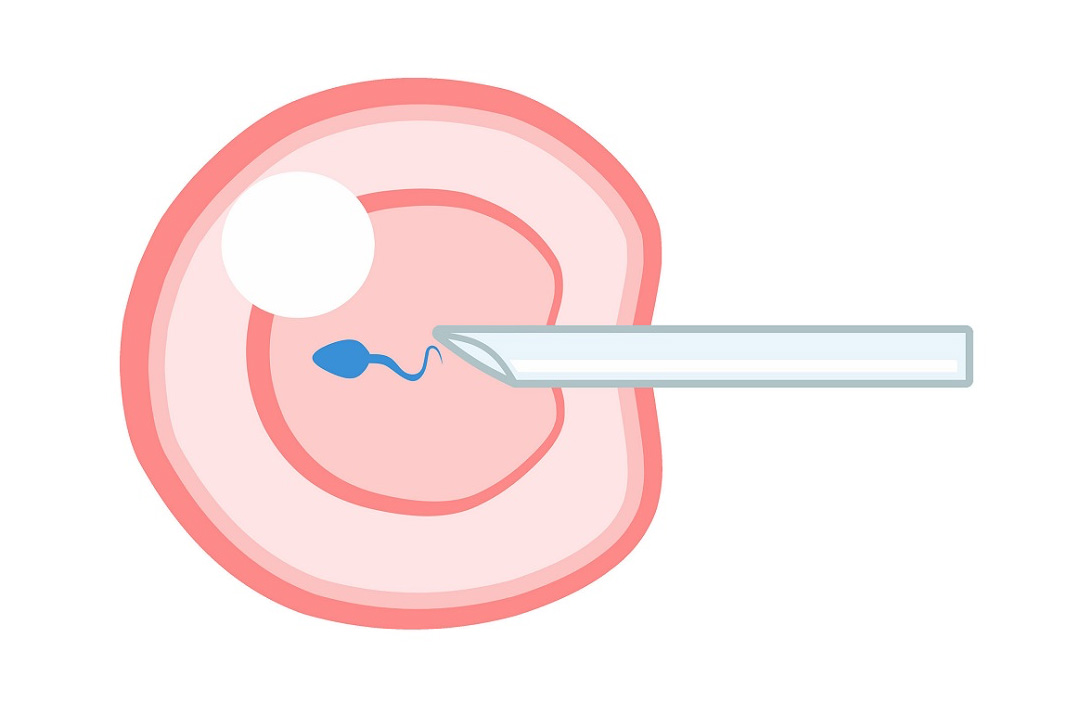Can IVF Be Used for Gender Selection and Is It Ethical?
In vitro fertilization (IVF) can offer a path to parenthood when families face infertility. Beyond helping people conceive, IVF also makes it possible to select an embryo’s sex before pregnancy.
This process often called IVF gender selection can bring peace of mind in certain medical cases but also raises important ethical questions. In this article, we explain how you can choose gender with IVF, why people do it, and what to consider before making this decision.
What Is IVF?
In vitro fertilization (IVF) is an assisted reproduction method that helps people create embryos outside the body. IVF involves these main steps:
- Ovarian Stimulation: Medication helps the ovaries produce multiple eggs instead of one.
- Egg Retrieval: A minor procedure collects the mature eggs.
- Fertilization: Lab specialists mix eggs with sperm to form embryos.
- Embryo Culture: Embryos grow in a controlled lab setting for several days.
- Embryo Transfer: One or more embryos go back into the uterus, where implantation can occur.
Most IVF cycles take about two to three weeks. Sometimes couples use several cycles to increase their chance of success.
How Does Gender Selection Work in IVF?
To choose a baby’s gender, doctors combine IVF with genetic testing on early embryos. The key steps are:
- Create Embryos through standard IVF
- Biopsy the Embryo when it reaches the blastocyst stage (around day 5). A few cells are carefully removed without harming growth potential.
- Preimplantation Genetic Testing (PGT) examines the biopsy sample for chromosome makeup. This test reveals whether an embryo has XX (female) or XY (male) chromosomes.
- Select the Desired Embryo and transfer only embryos of the chosen gender into the uterus.
By testing before transfer, IVF clinics ensure that only embryos of the selected gender are implanted.
Medical Reasons for Selecting Gender
In some cases, gender selection can prevent serious genetic disorders that affect one sex more often than the other. Examples include:
- Hemophilia: This bleeding disorder almost always affects boys.
- Duchenne Muscular Dystrophy: A muscle-wasting disease with nearly all cases in males.
- X-linked Disorders: Many genetic conditions tied to the X chromosome appear mainly in boys.
When a family carries a serious X-linked disease, choosing a female embryo (XX) can greatly reduce the risk of having a child with that condition. In these medically necessary cases, gender selection can spare a child from a life-threatening illness.
Non-Medical or “Family Balancing” Reasons
Beyond medical needs, some couples request gender selection to balance their family’s composition known as “family balancing.” For example, parents with two sons may wish for a daughter, or vice versa. While family balancing is common in some clinics, it sparks debate:
- Supporters argue it helps parents plan their family and may improve parental satisfaction and child well-being.
- Critics warn that choosing gender for social reasons risks reinforcing stereotypes and devaluing one gender.
- If you seek gender selection for non-medical motives, you should weigh the personal benefits against these broader concerns.
Ethical and Social Considerations
Choosing gender with IVF raises several ethical questions:
- Gender Bias: Widespread non-medical gender selection could worsen cultural preferences for one sex, leading to imbalances in the population.
- Equality and Respect: Every child deserves respect regardless of gender. Selecting gender for non-medical reasons can seem to treat gender as a commodity.
- Unfair Demands: If selecting gender becomes routine, some worry it may open doors to choosing other traits like eye color or height—which raises wider “designer baby” fears.
Before pursuing gender selection, it is crucial to discuss these ethical issues with a qualified counselor or fertility specialist. They can help you reflect on your reasons and the social impact of your choice.
Legal and Regulatory Framework
Not all countries allow gender selection for non-medical reasons. Laws vary:
- Allowed with Medical Justification: Many places permit gender selection only when needed to prevent serious genetic diseases.
- Banned for Social Reasons: Several nations forbid gender selection solely for family balancing or personal preference.
- Clinic Policies: Even where laws are silent, individual clinics may set their own guidelines.
Who Is Eligible for Gender Selection with IVF?
Eligibility depends on medical, ethical, and legal criteria:
- Families at risk of sex-linked disorders generally qualify.
- In some regions, couples must obtain special permission or counseling before proceeding.
- Fertility centers often require psychological counseling and a clear medical justification for gender selection.
Step-by-Step: IVF with Gender Selection
Your fertility specialist will review your medical history, genetic risks, and personal reasons. They guide you through the process and any required approvals.
- Undergo basic fertility tests: hormone levels, ovarian reserve, and semen analysis.
- Ovarian Stimulation and Egg Retrieval.
- Take hormone injections for about 8–14 days.
- Monitor follicle growth with ultrasound and blood tests.
- Schedule egg retrieval once follicles reach the right size.
- Fertilize Eggs in the Lab.
- Mix eggs with partners or donor sperm to create embryos.
- Culture embryos for 5–7 days until they reach the blastocyst stage.
- Embryo Biopsy and Genetic Testing.
- Send the samples for preimplantation genetic testing (PGT-A) to determine chromosome health and sex.
Choose only healthy embryos of the desired gender. Transfer one or two embryos into the uterus. Freeze additional healthy embryos for future use. Take a blood test 10–14 days after transfer to confirm pregnancy.
Success Rates and Considerations
IVF success depends on many factors, including maternal age, embryo quality, and clinic expertise. When gender selection is added, success rates for achieving pregnancy remain similar to standard IVF with PGT-A. However, keep in mind:
- Embryo Yield: You may need more embryos to find one of the desired gender.
- Time and Cost: Genetic testing adds to the overall timeline (often 2–3 weeks more) and increases treatment costs.
- Emotional Impact: The waiting period for genetic results and the possibility of fewer suitable embryos can be stressful.
Financial and Practical Considerations
Gender selection adds costs to an already expensive IVF journey. Typical additional fees include:
- Genetic Testing (PGT-A/PGD): Laboratory fees for analyzing each embryo.
- Biopsy Procedure: Charges for the embryologist’s work.
- Embryo Storage: Costs for freezing and storing unused embryos.
Insurance coverage for gender selection varies widely. Before starting treatment, request a detailed cost estimate and explore financing options if needed.
Making a Wise Decision
Choosing to select gender with IVF is a deeply personal decision. To make an informed choice:
- Research reputable sources to understand the science and ethics.
- Talk to fertility doctors, genetic counselors, and ethicists.
- Reflect on your personal values, cultural beliefs, and family goals.
- Consider what you will do if no embryos of the desired gender are available.
Conclusion
In summary, IVF allows gender selection through preimplantation genetic testing. This option serves crucial medical purposes, such as preventing serious sex-linked diseases. Yet it also raises ethical and social questions when used for non-medical reasons.
If you consider gender selection, seek guidance from qualified professionals, verify local regulations, and prepare for the emotional and financial commitments. With careful planning and support, you can approach this advanced reproductive choice with clarity and confidence.
About Us
AKsigen IVF is a premier center for advanced fertility treatments, with renowned fertility experts on our team. Specializing in IVF, ICSI, egg freezing, and other cutting-edge reproductive technologies, AKsigen IVF is committed to helping couples achieve their dream of parenthood. With personalized care and a patient-first approach, AKsigen IVF provides comprehensive fertility solutions under one roof.










